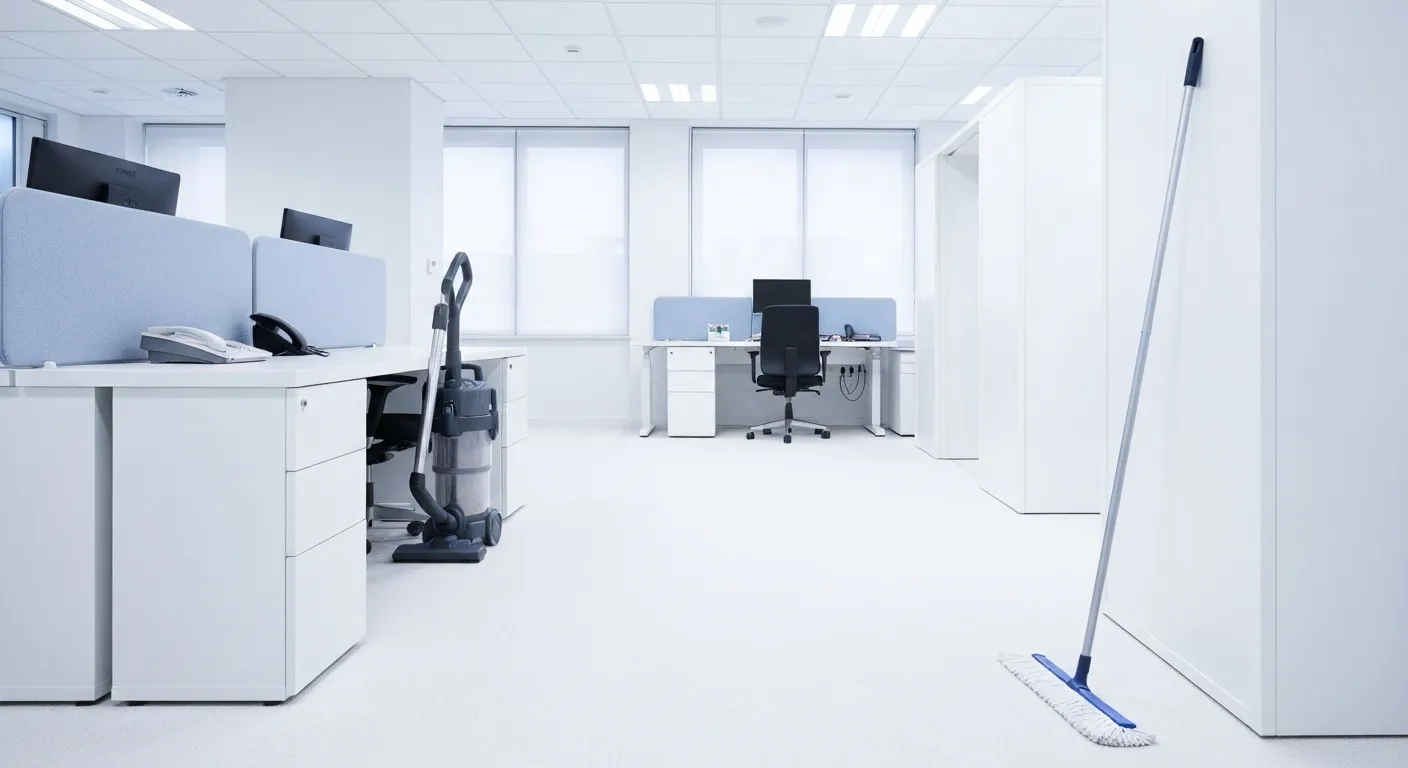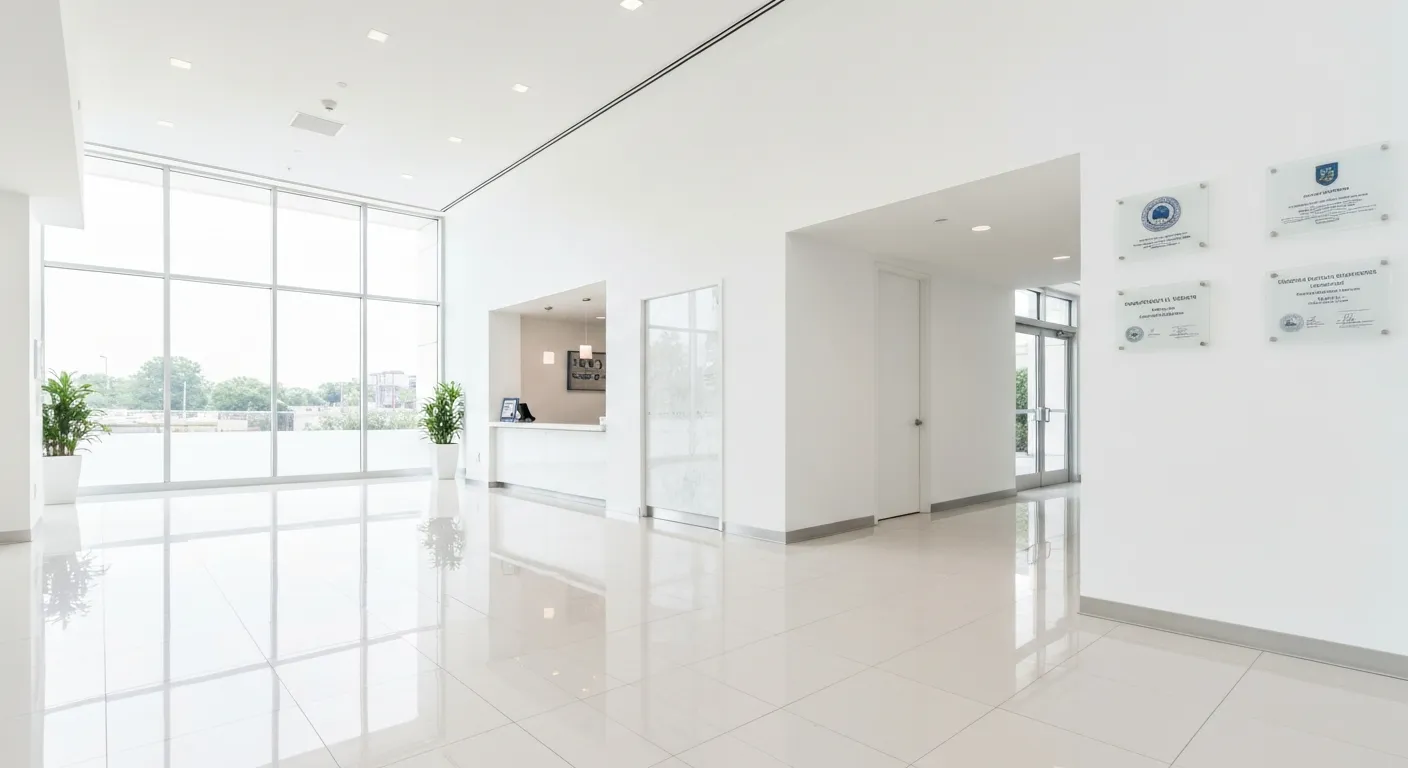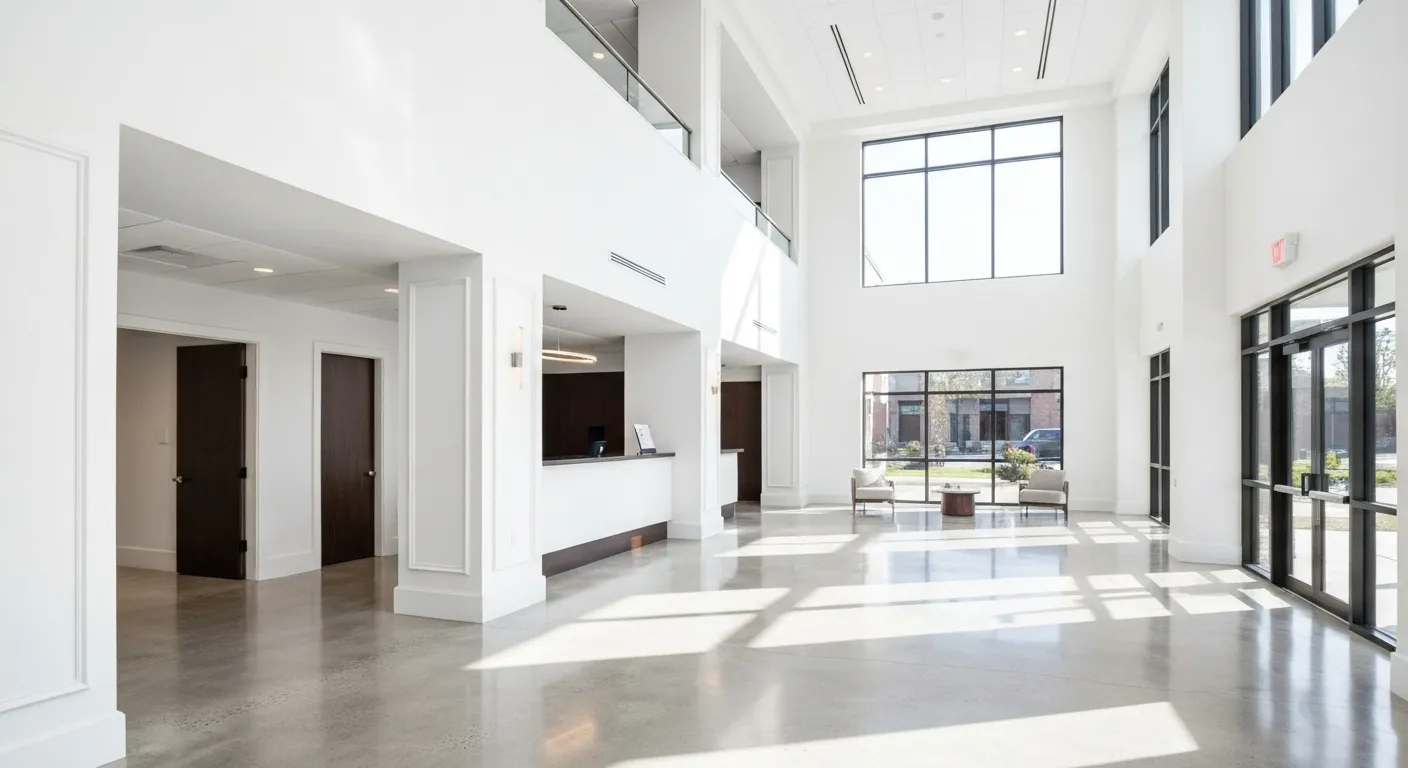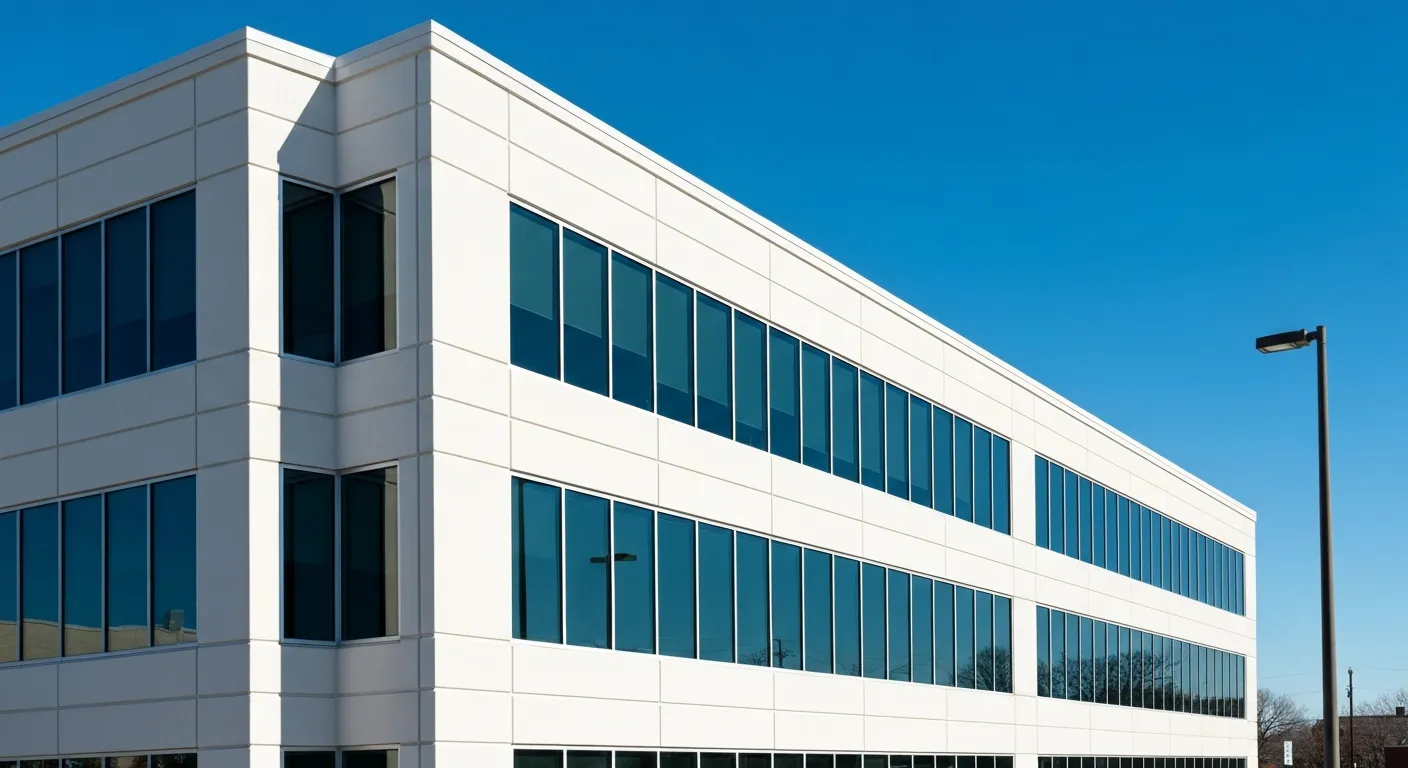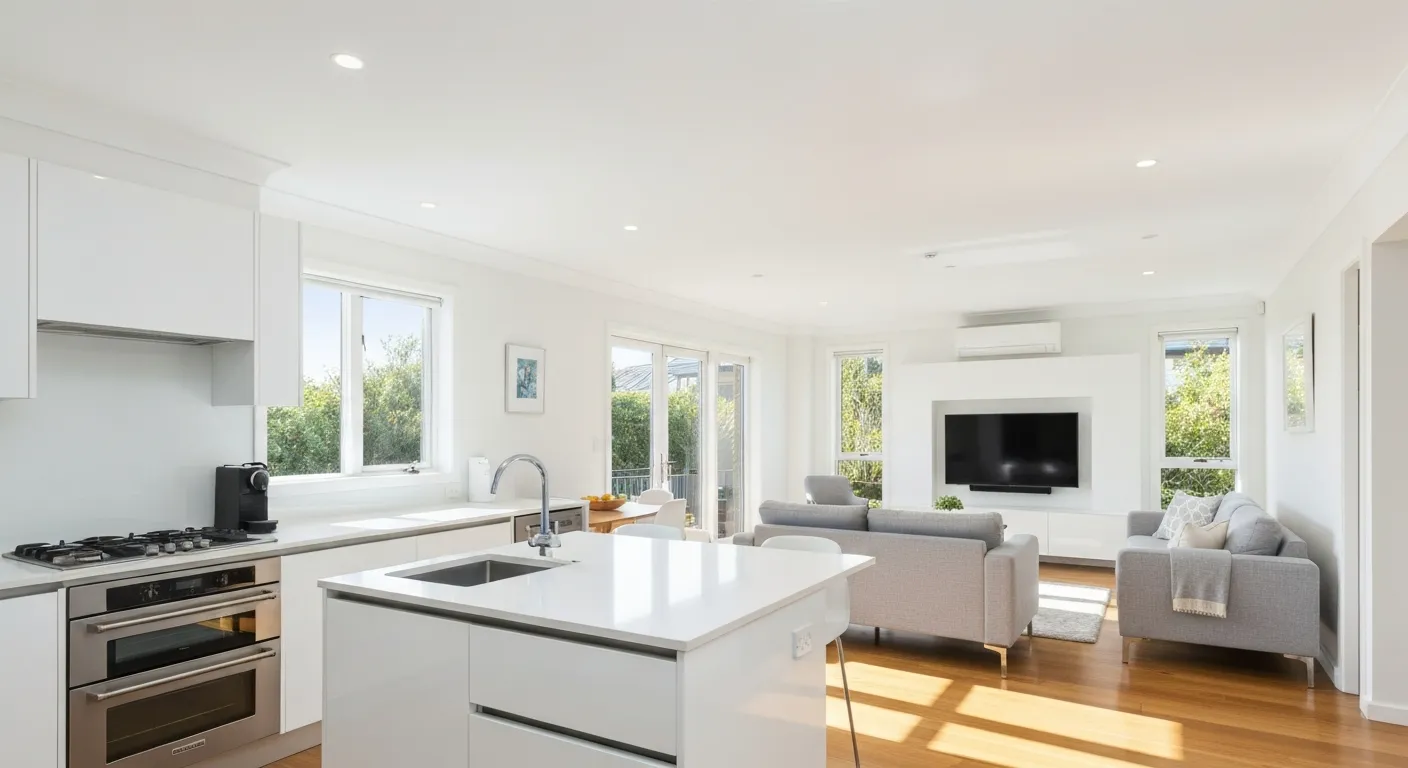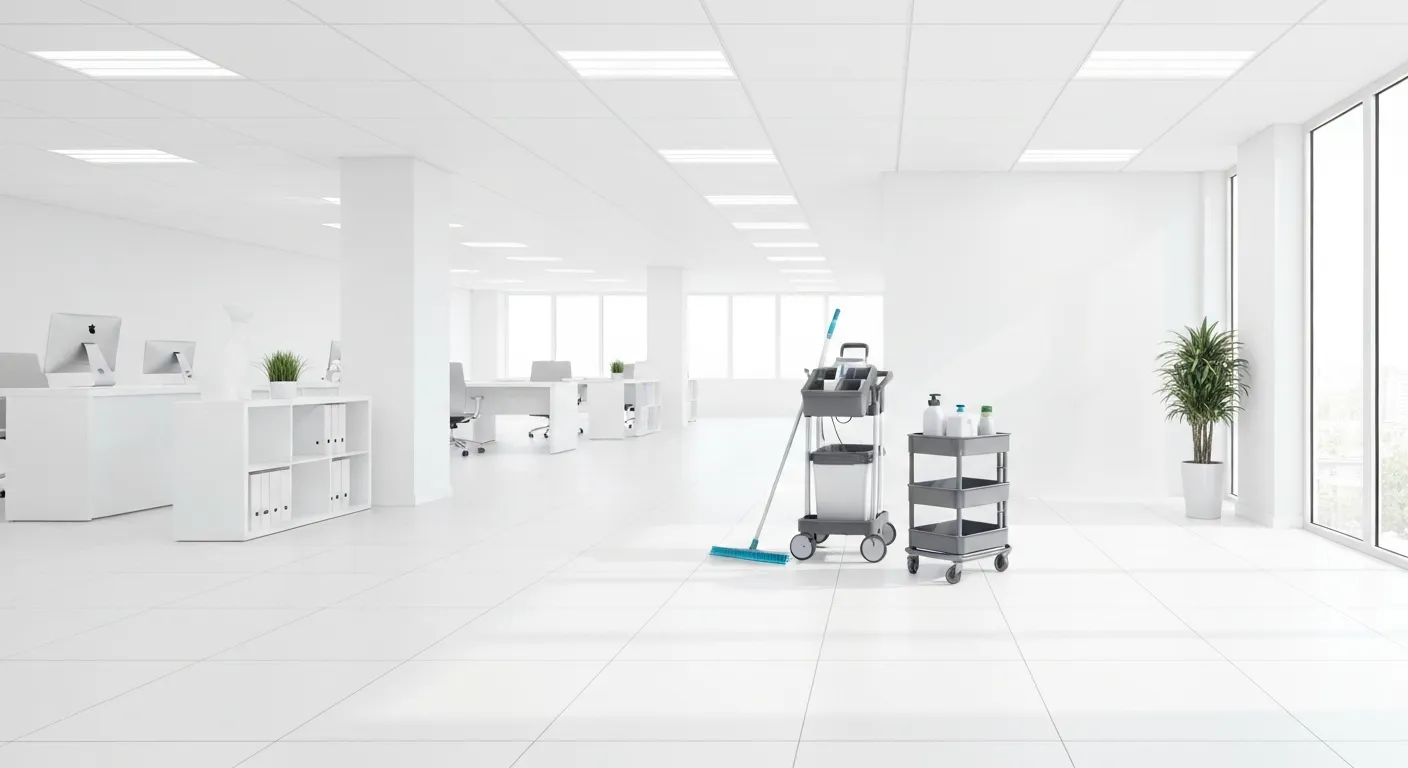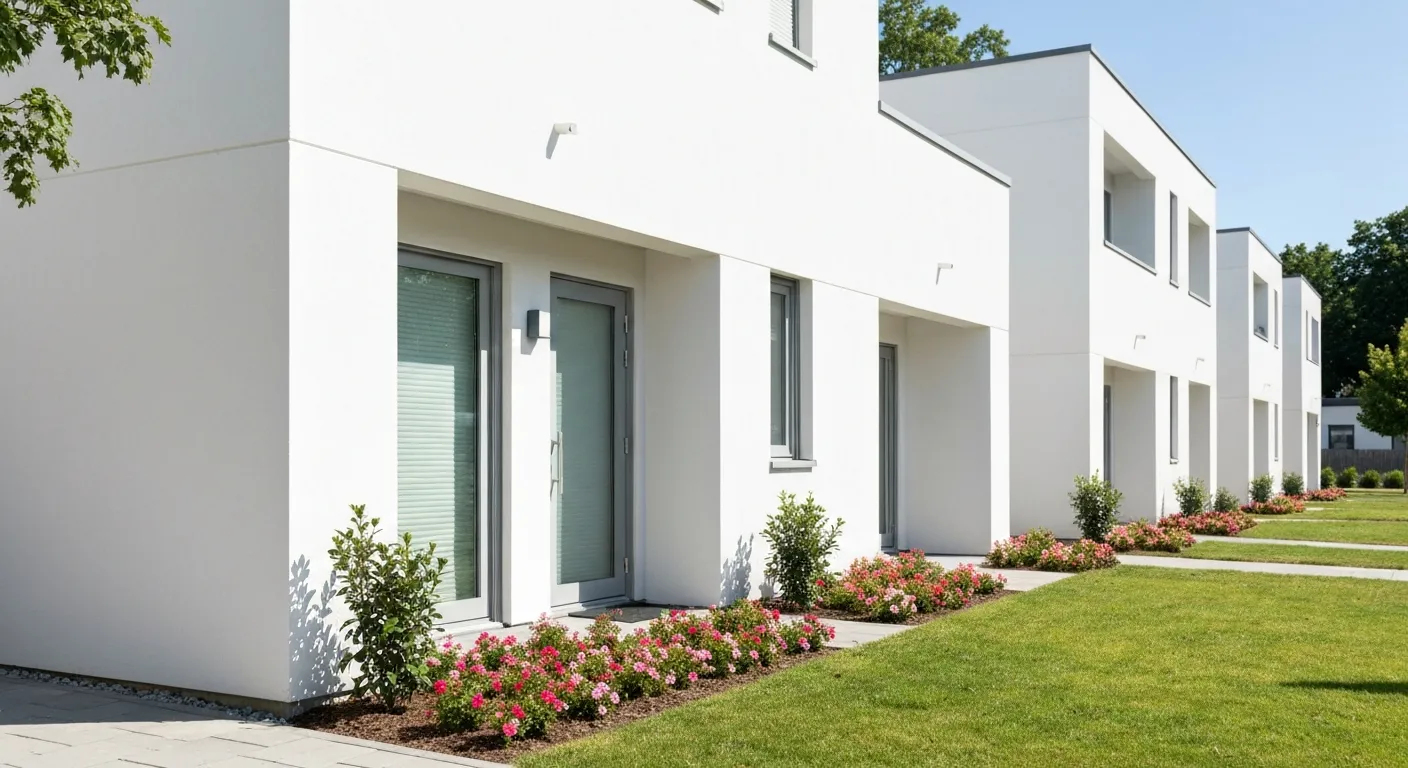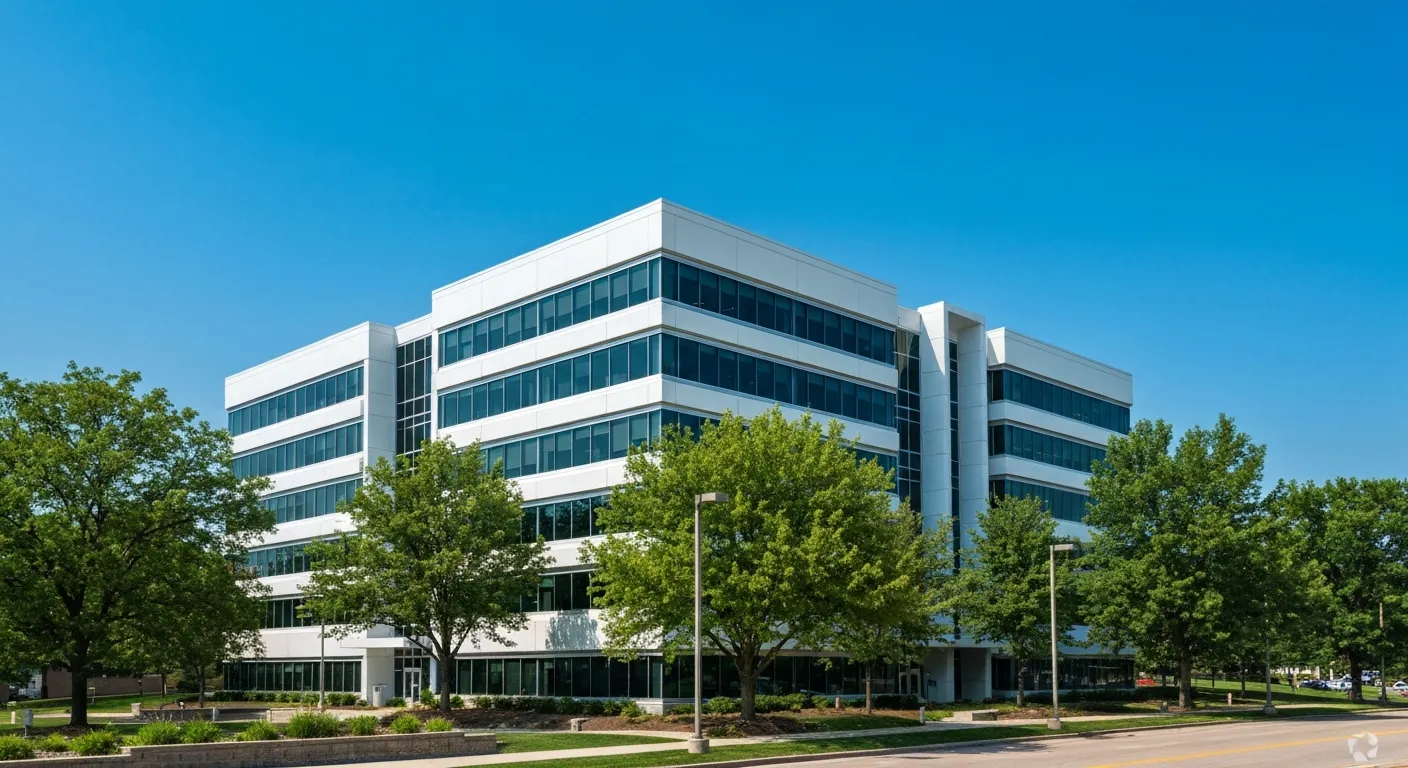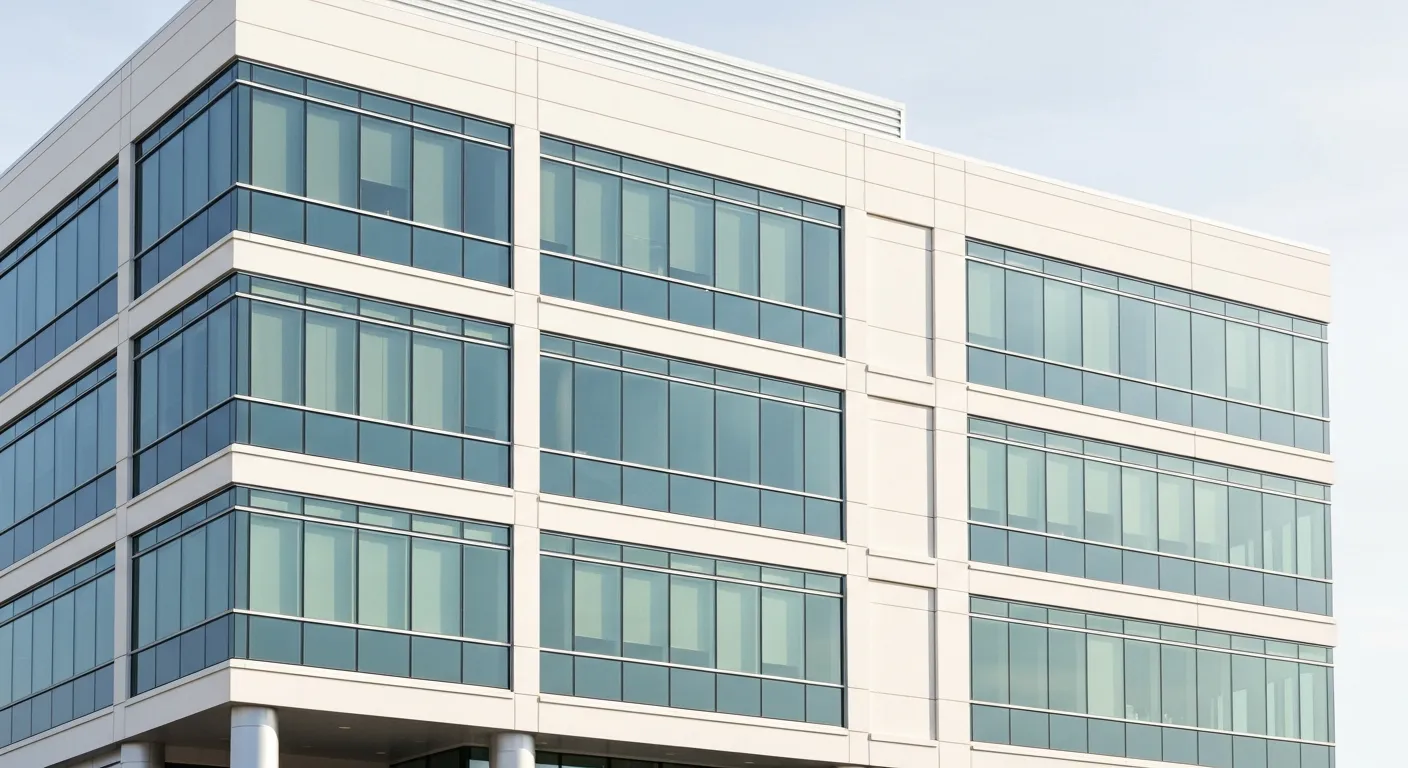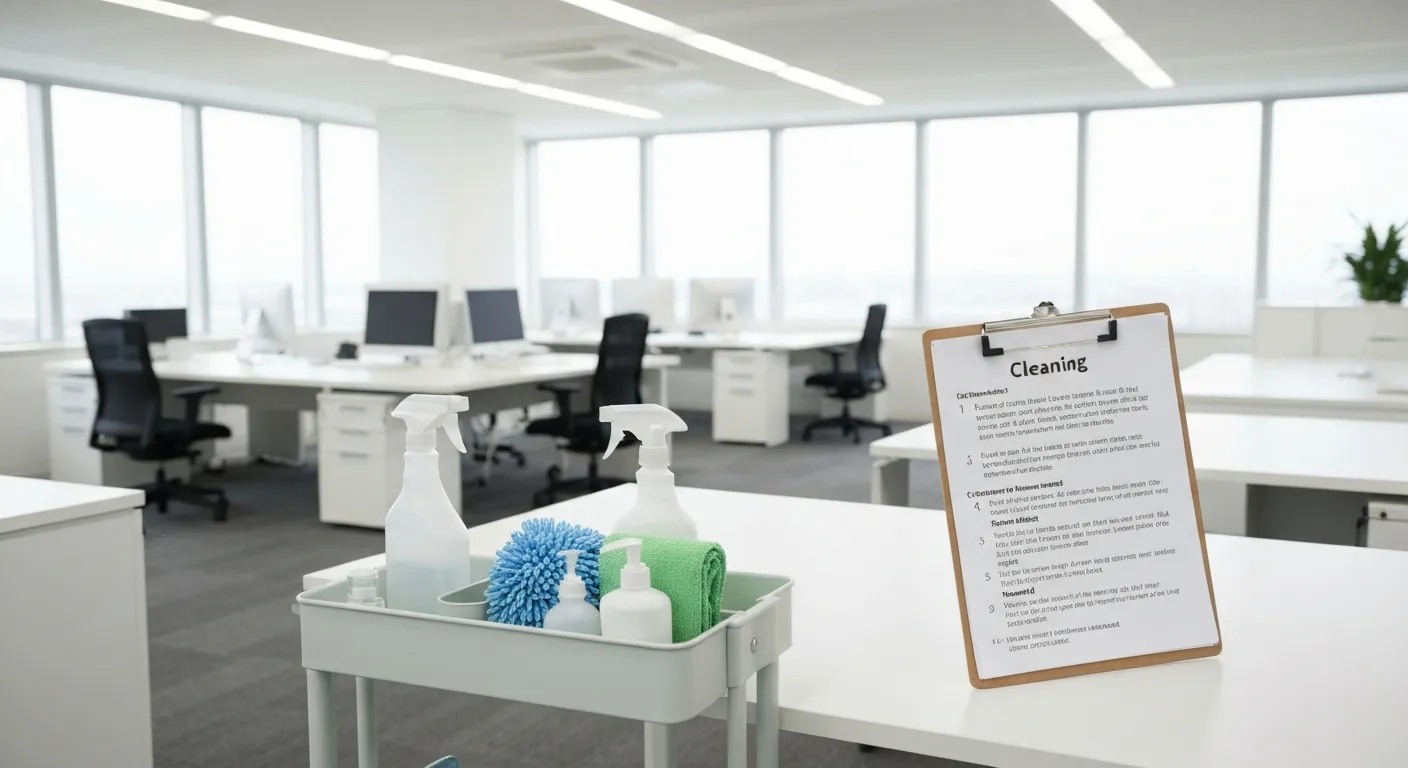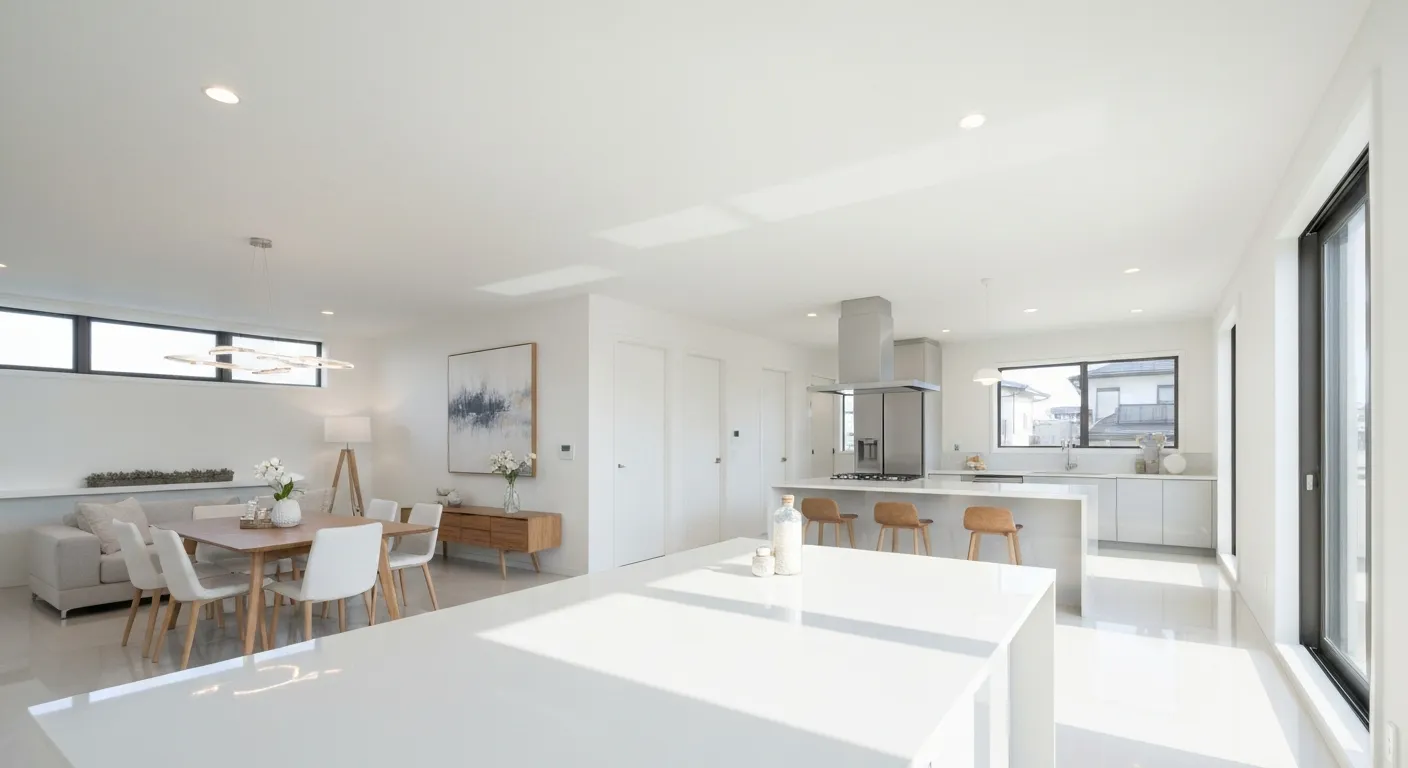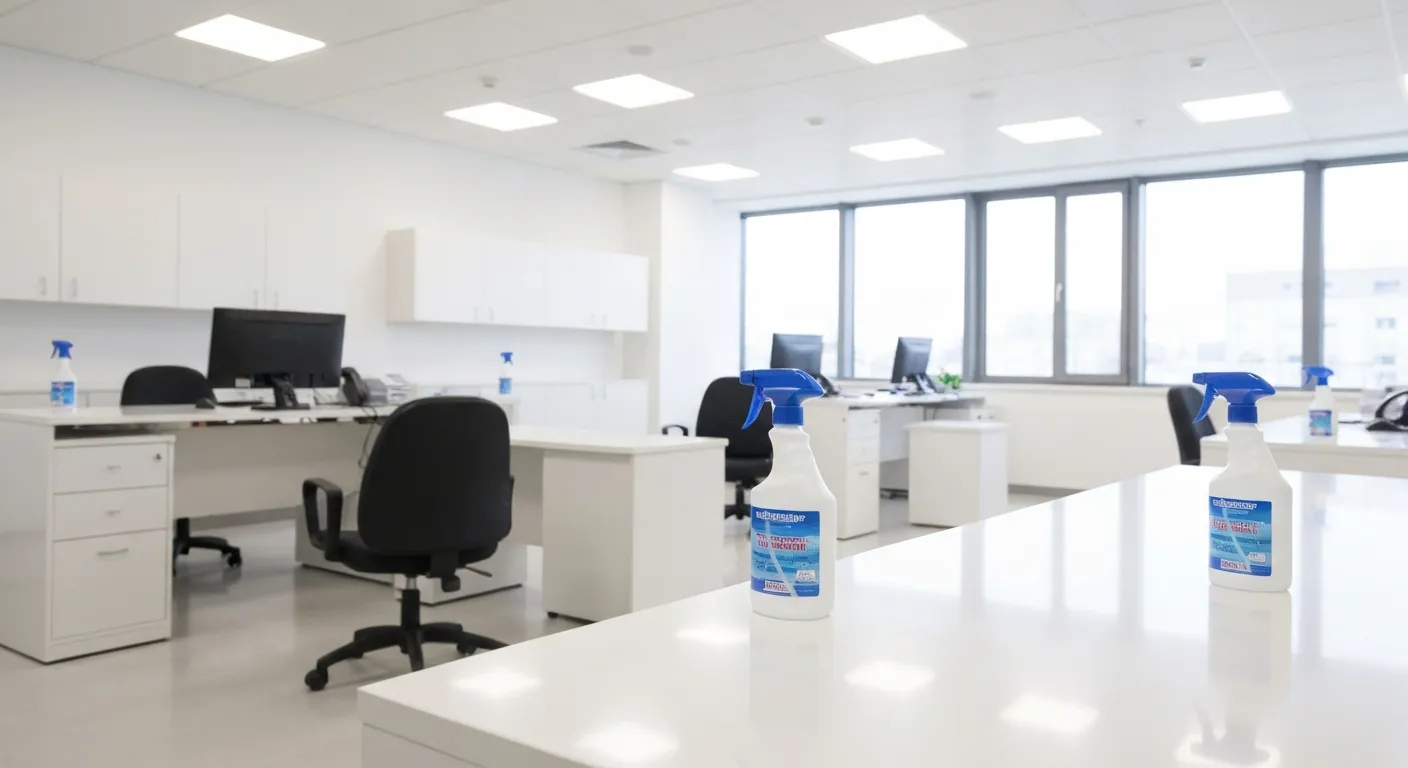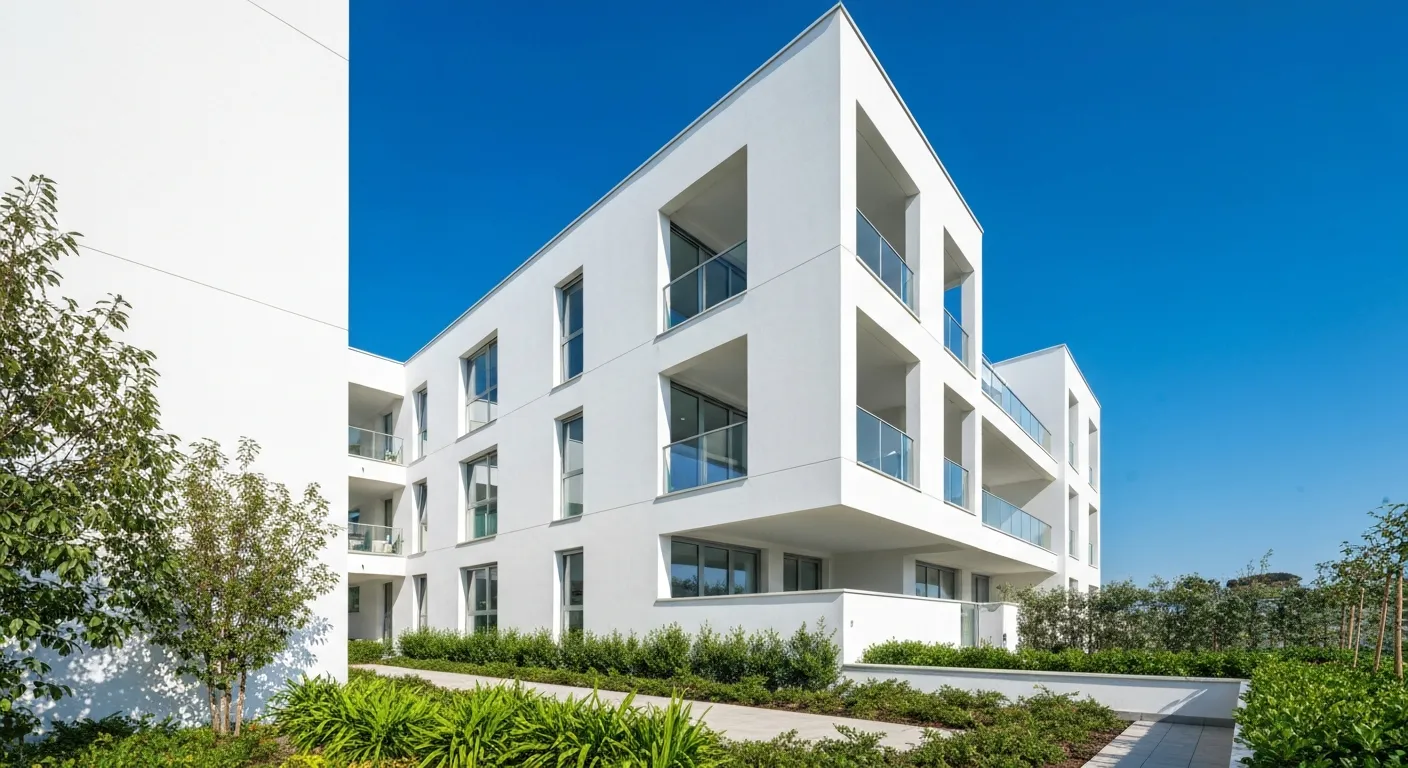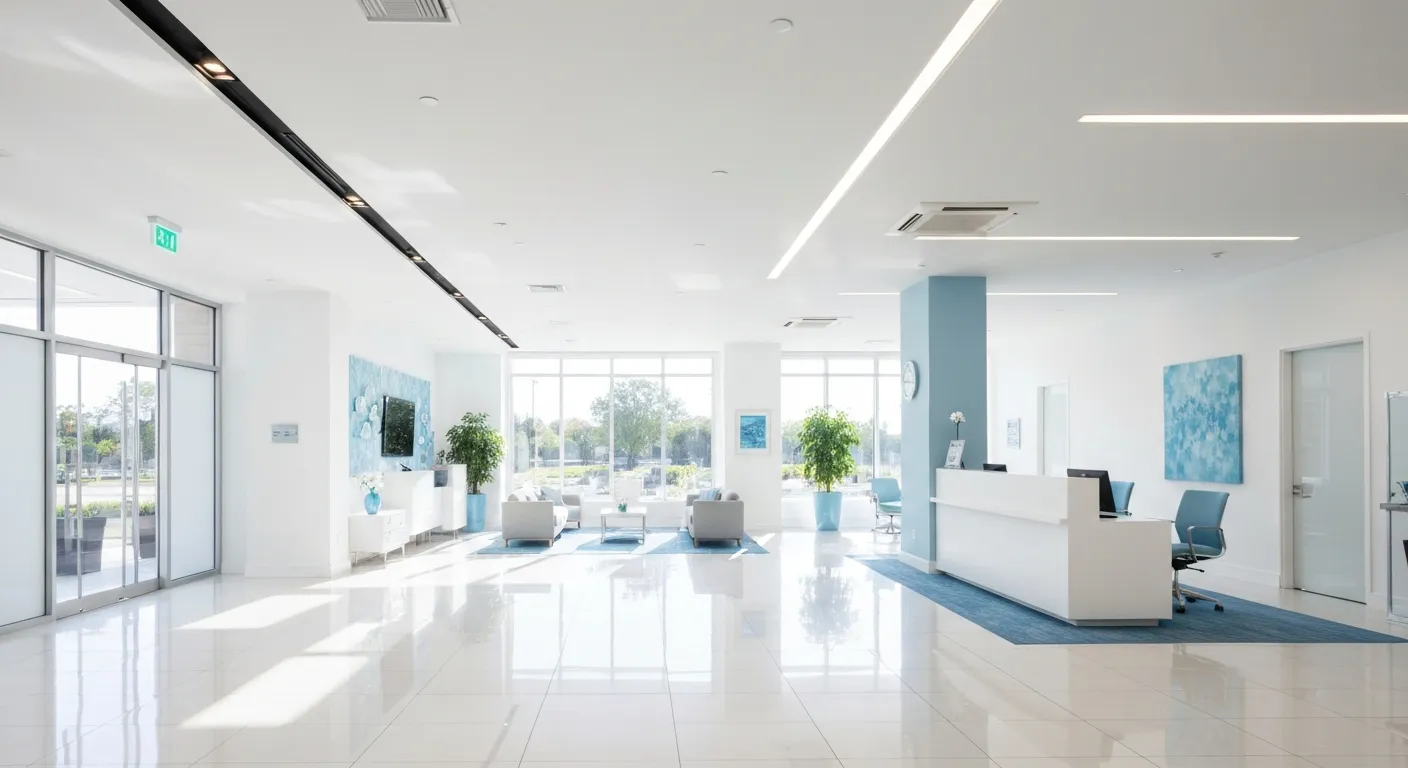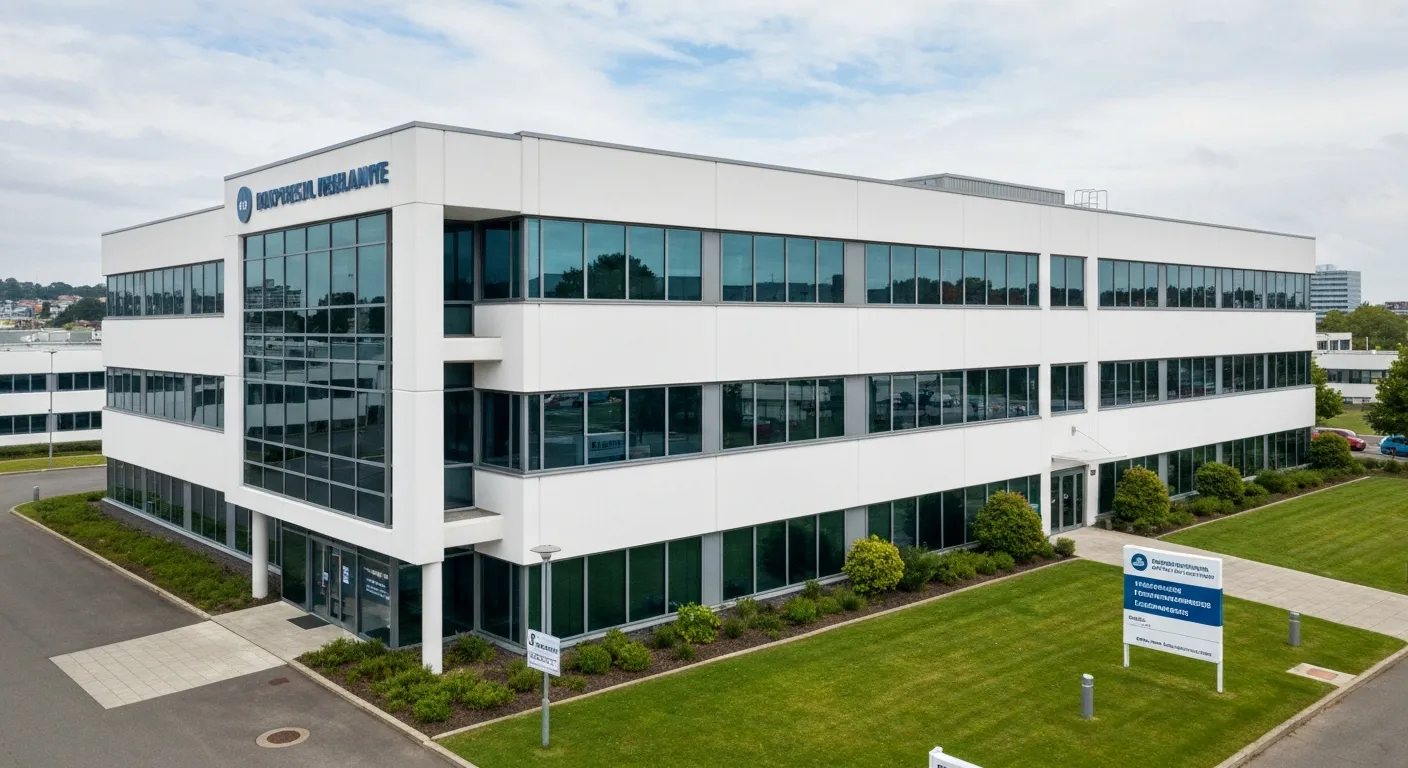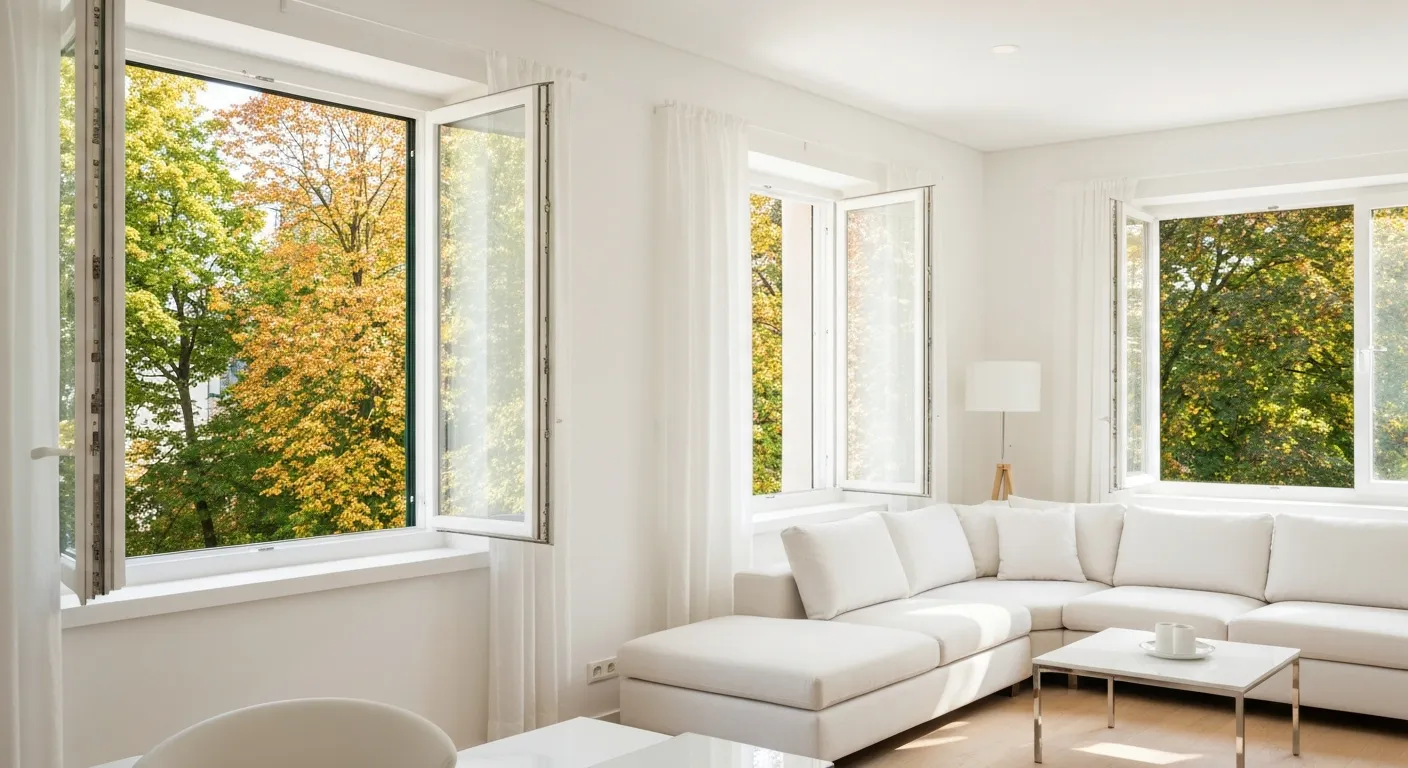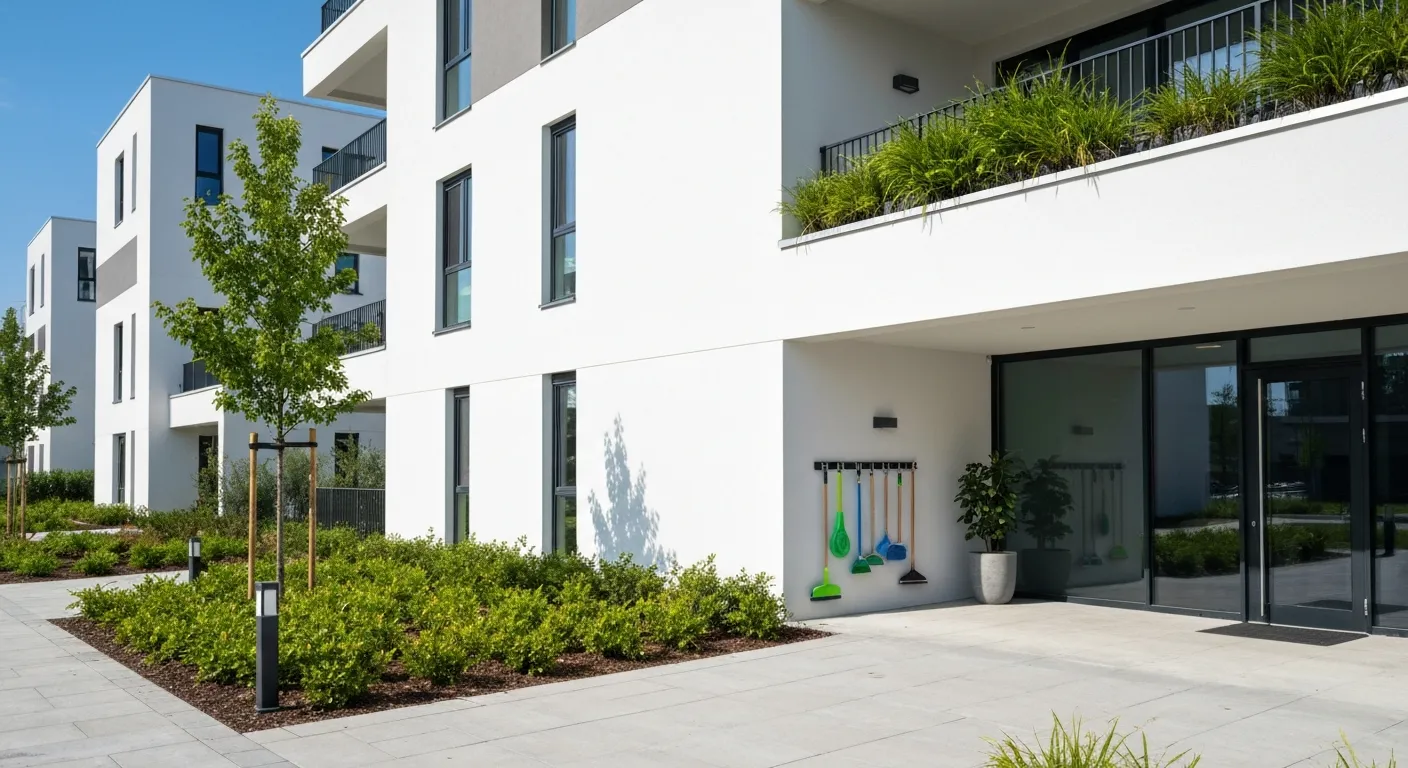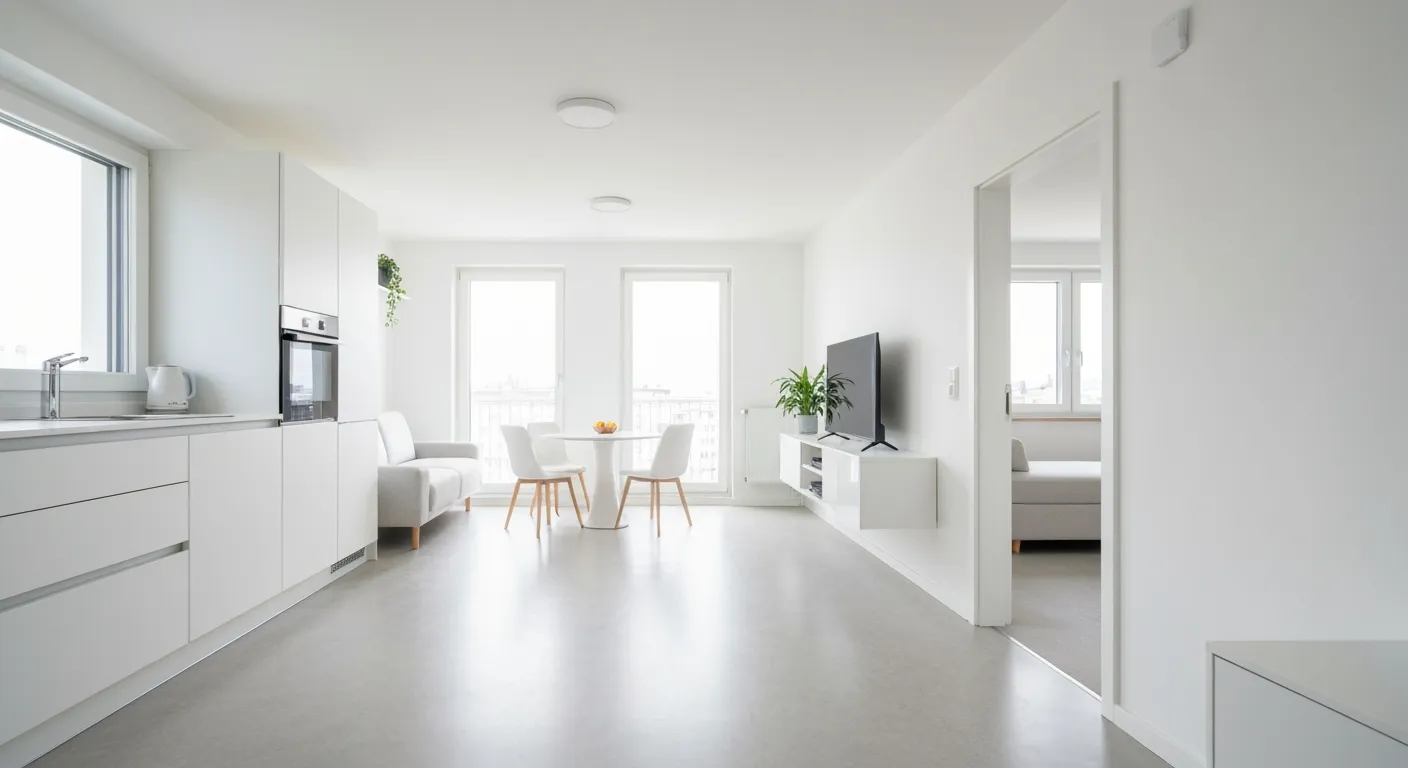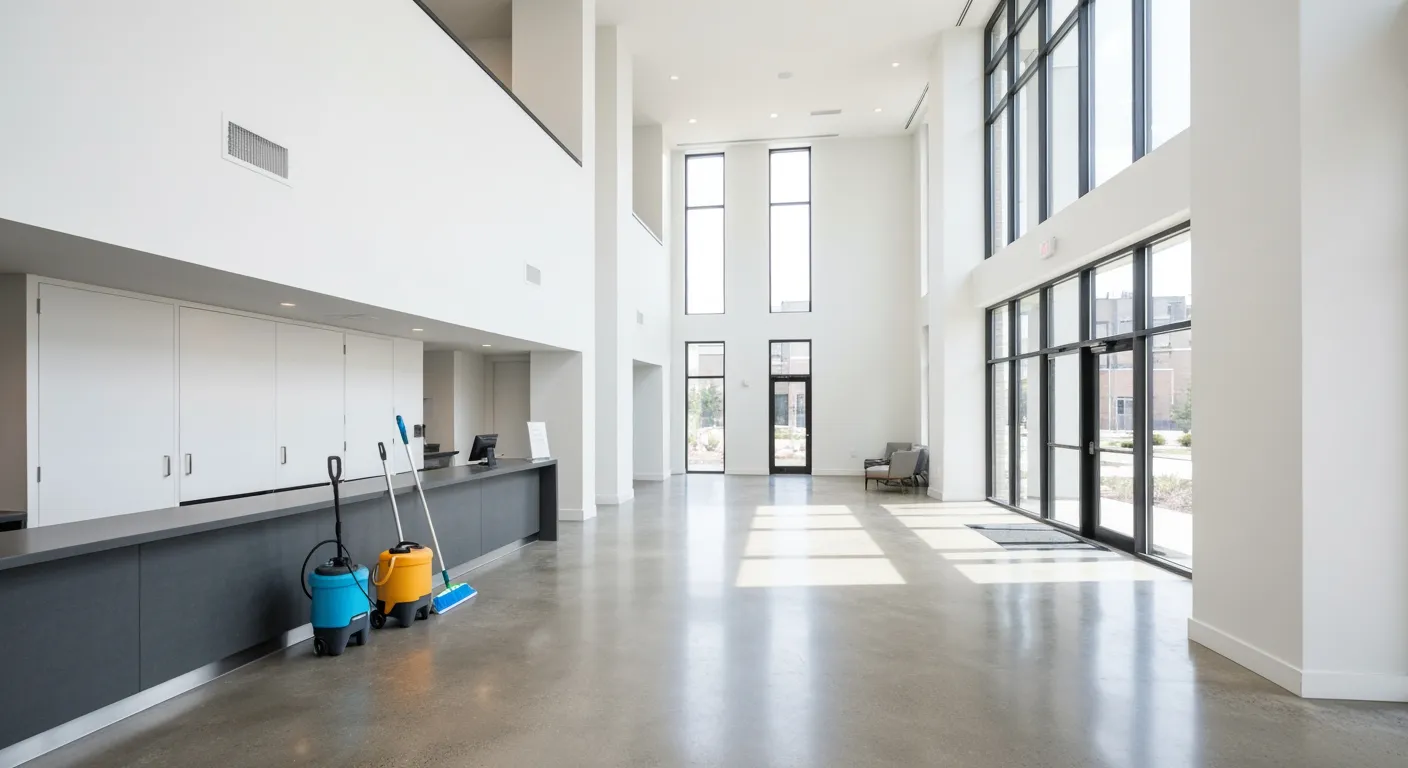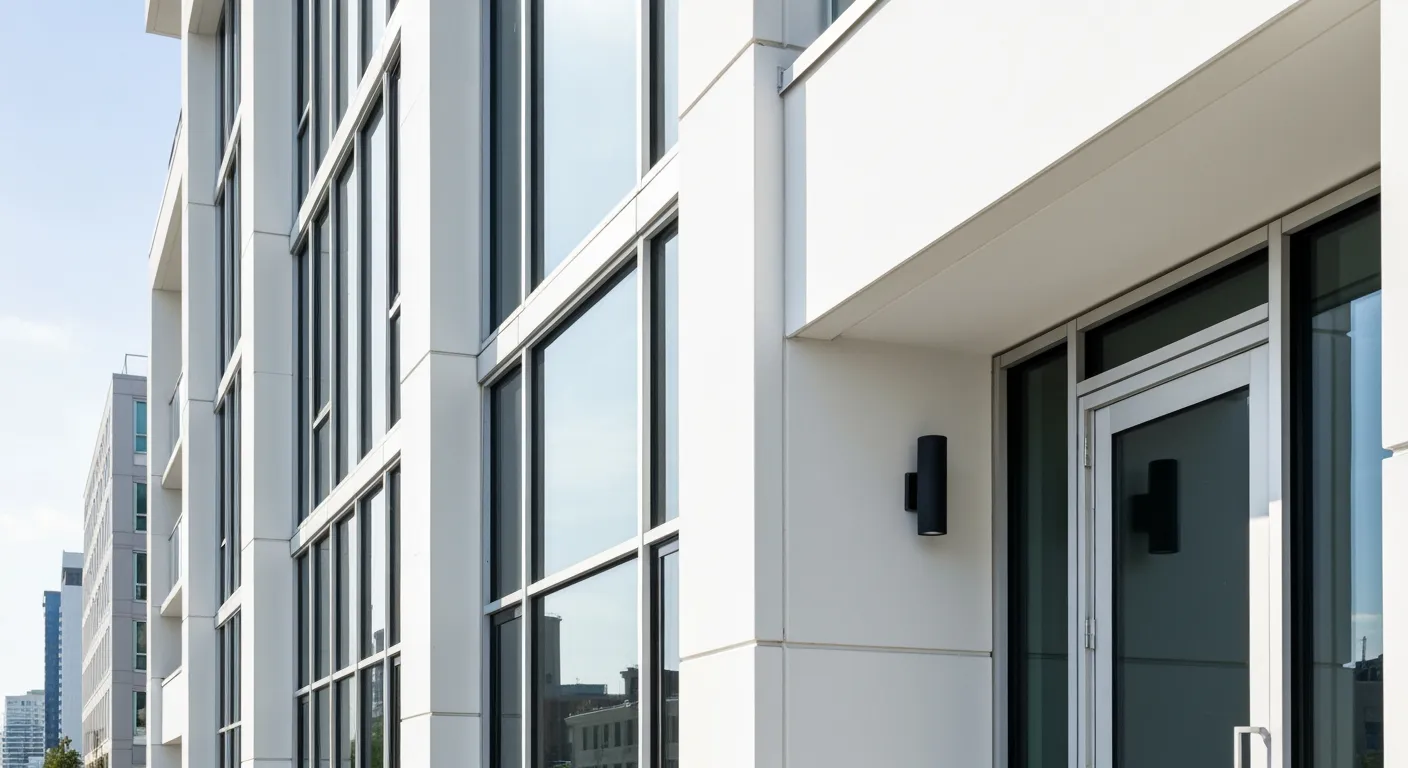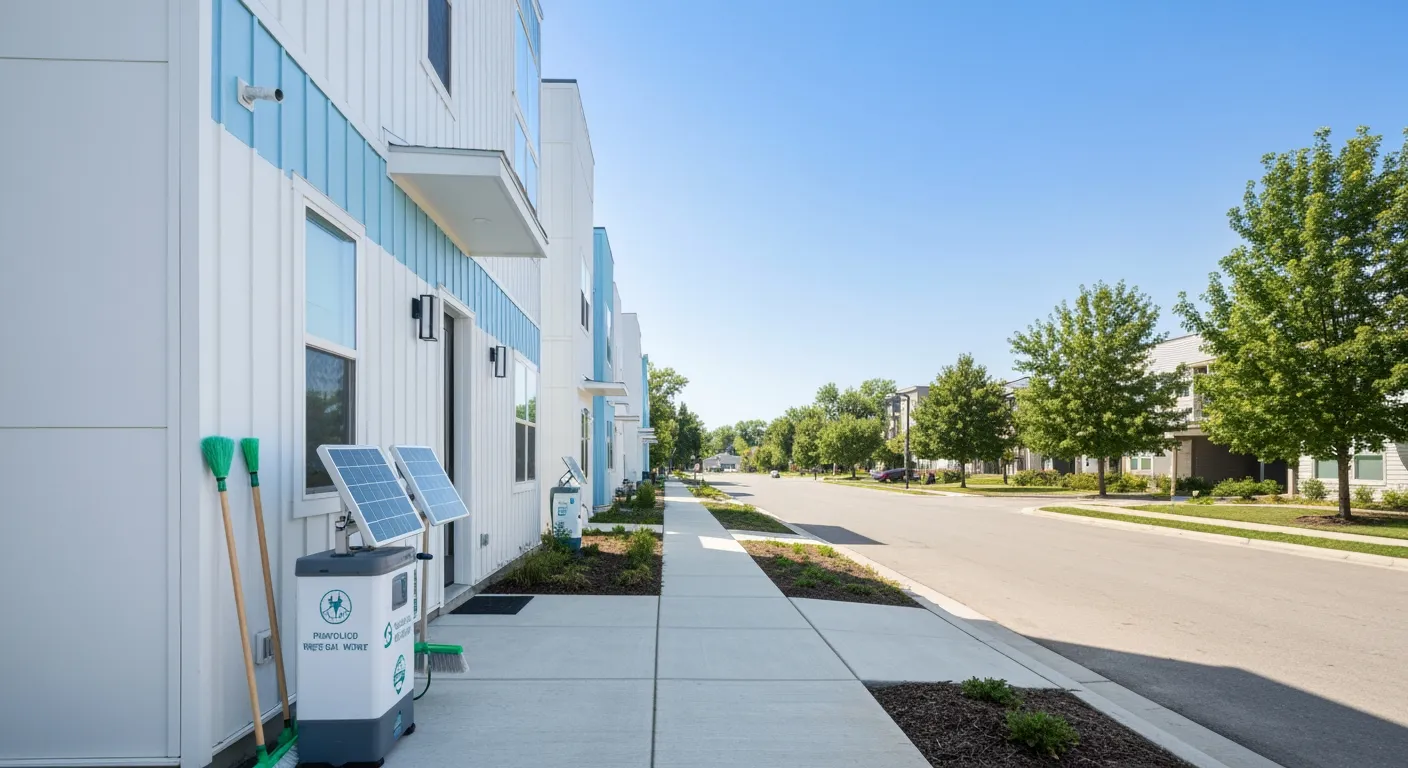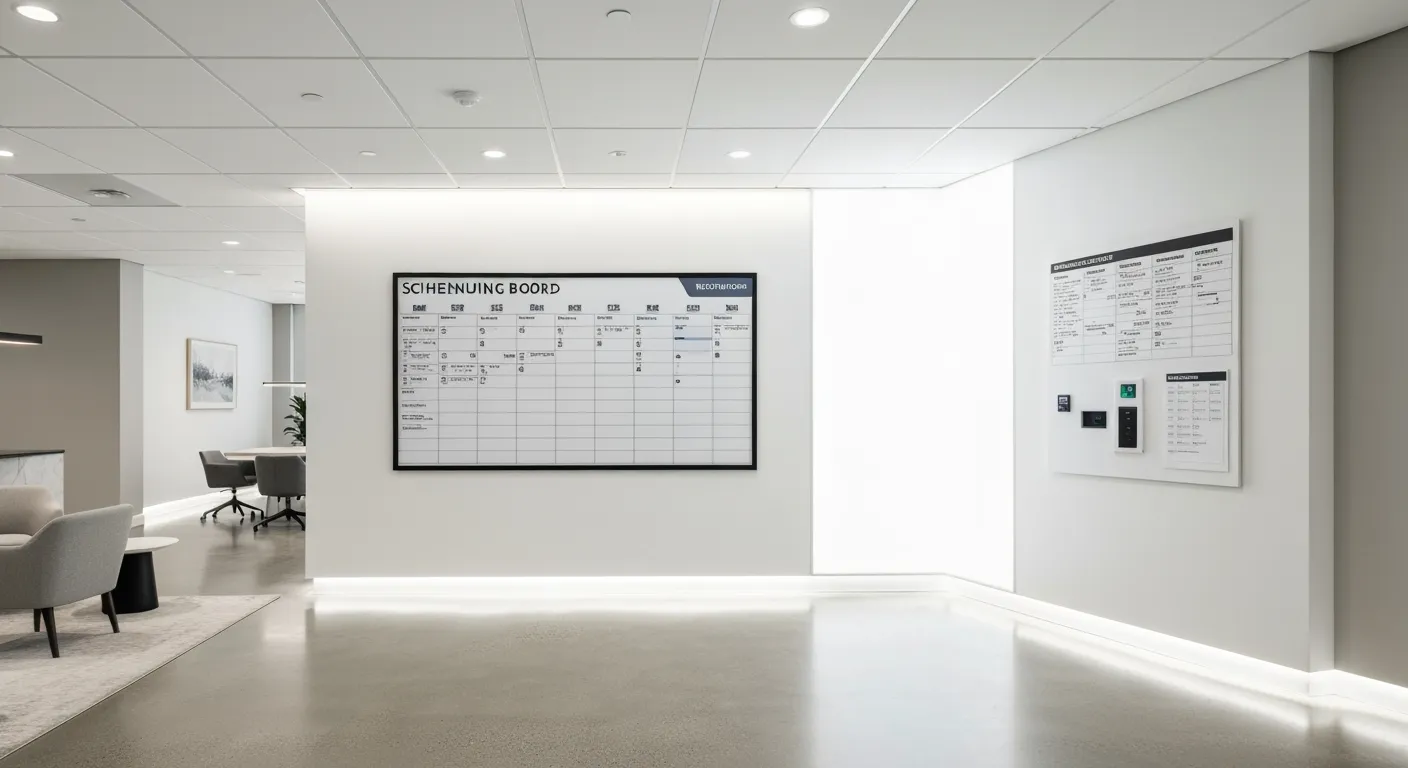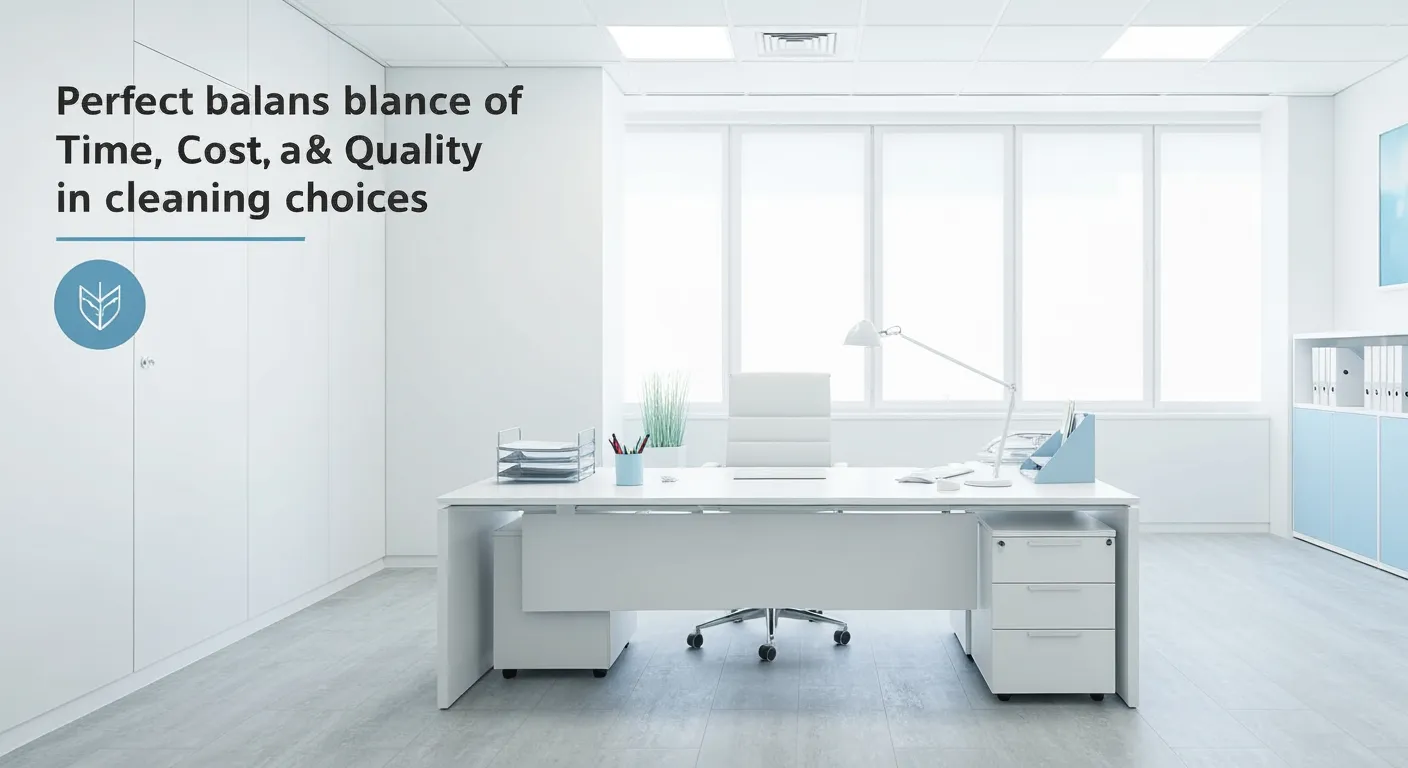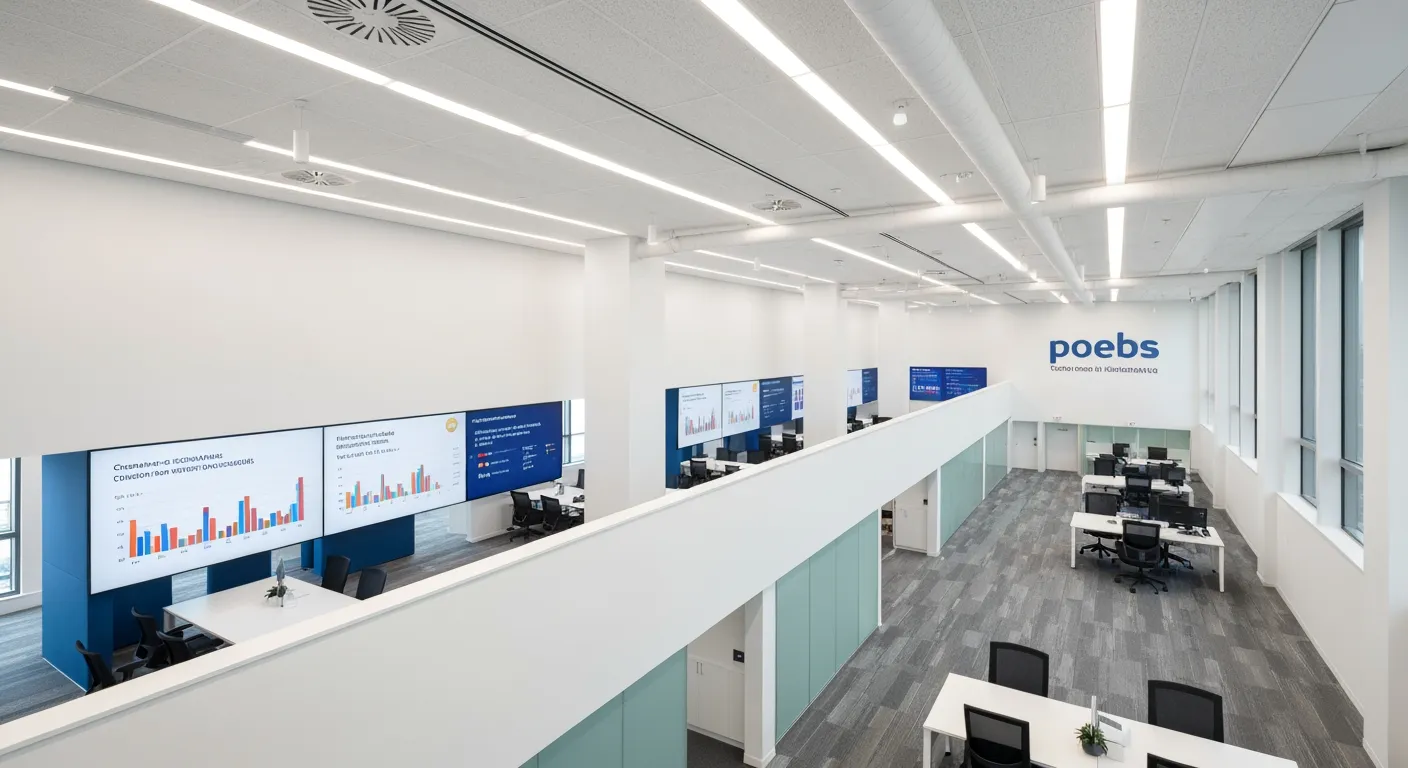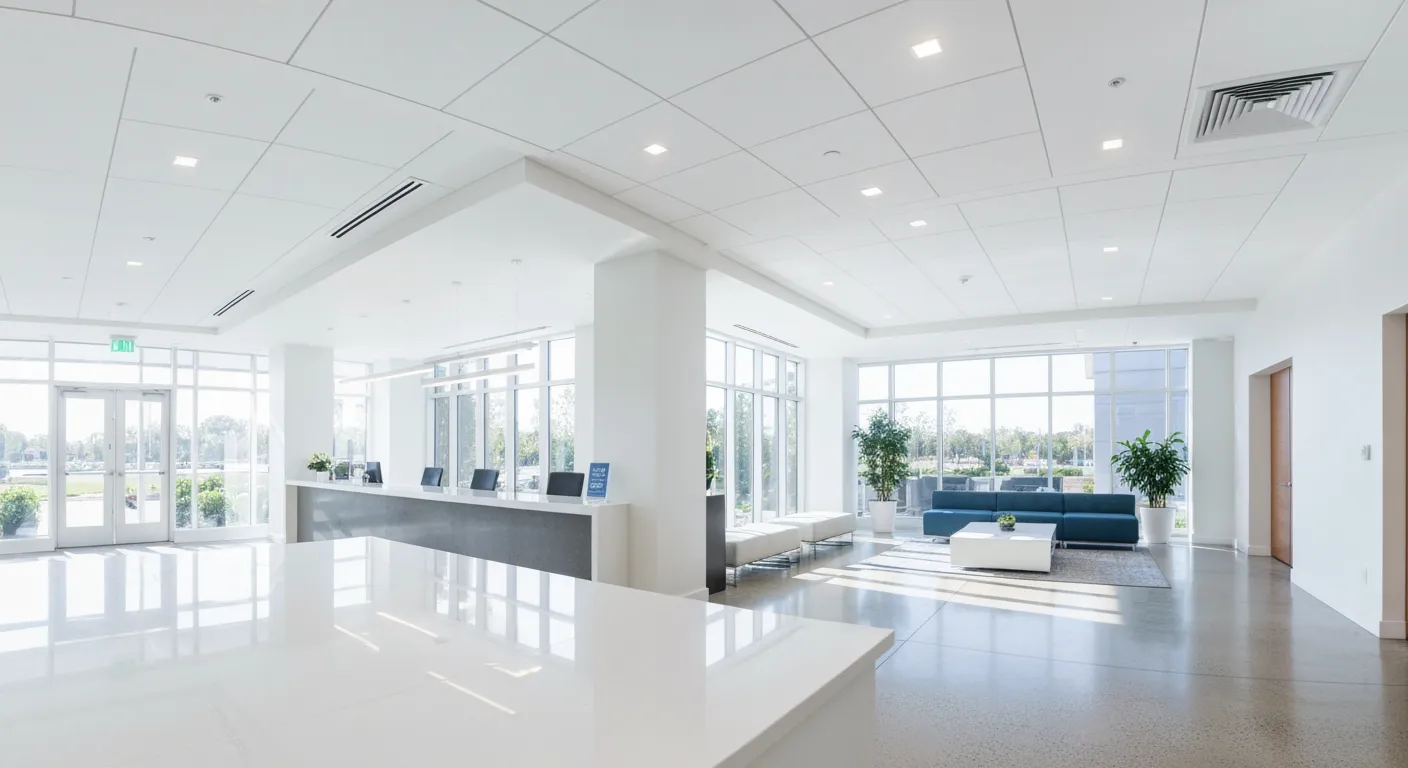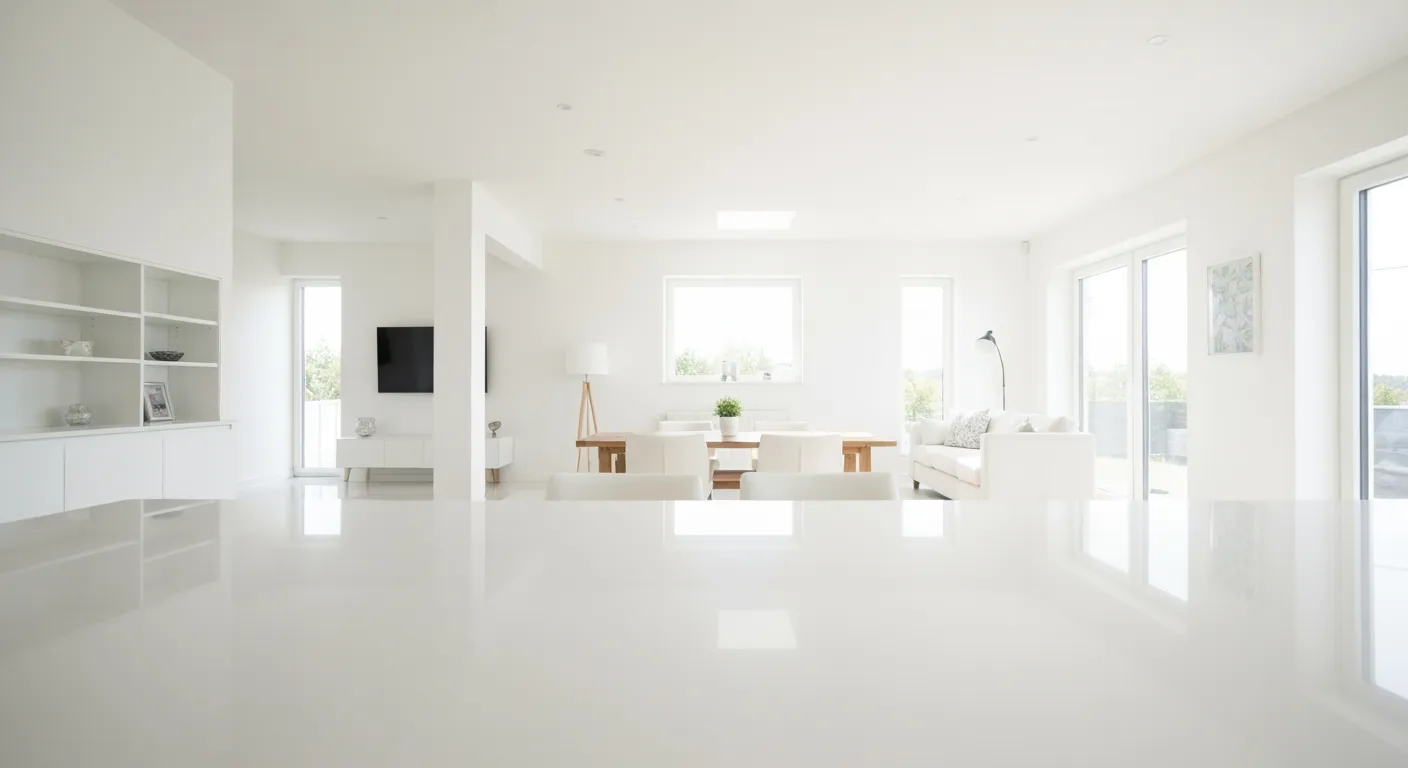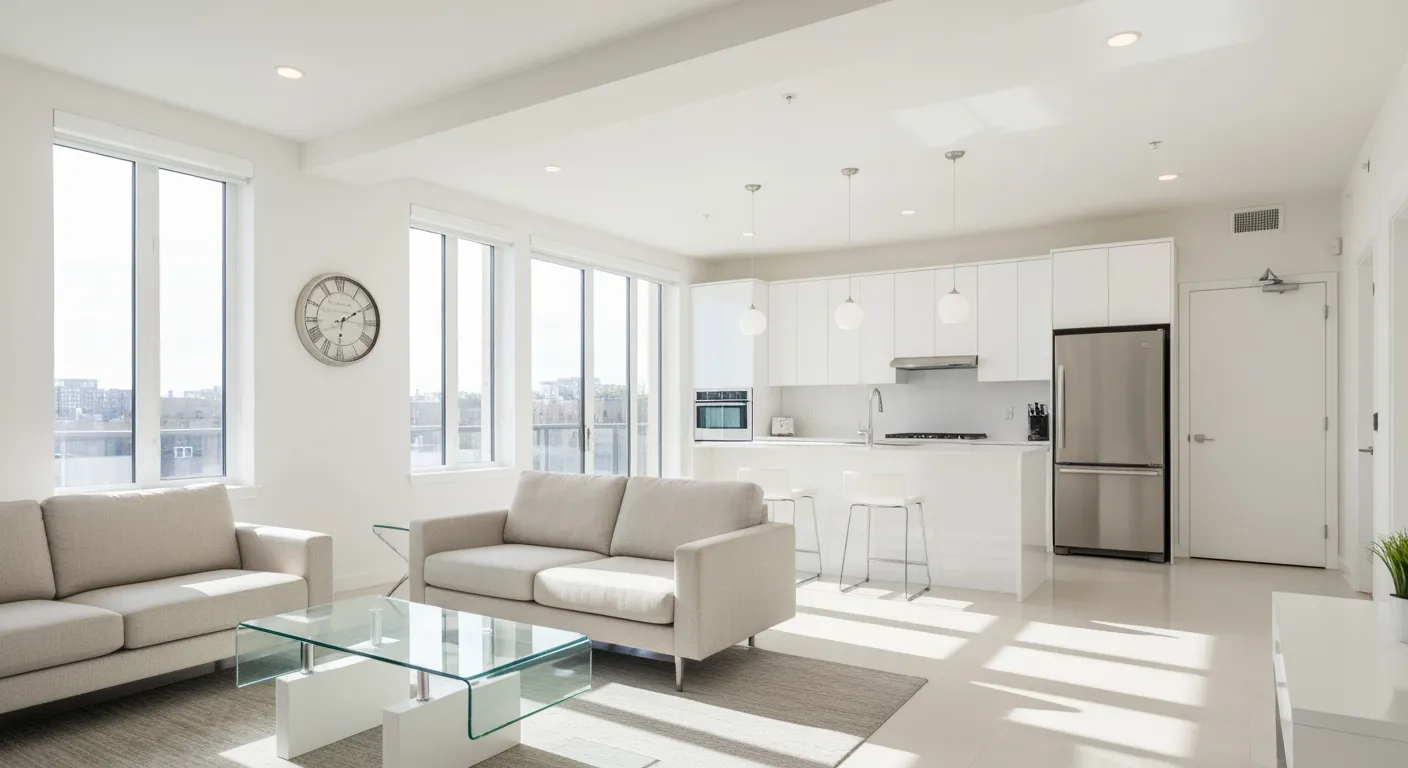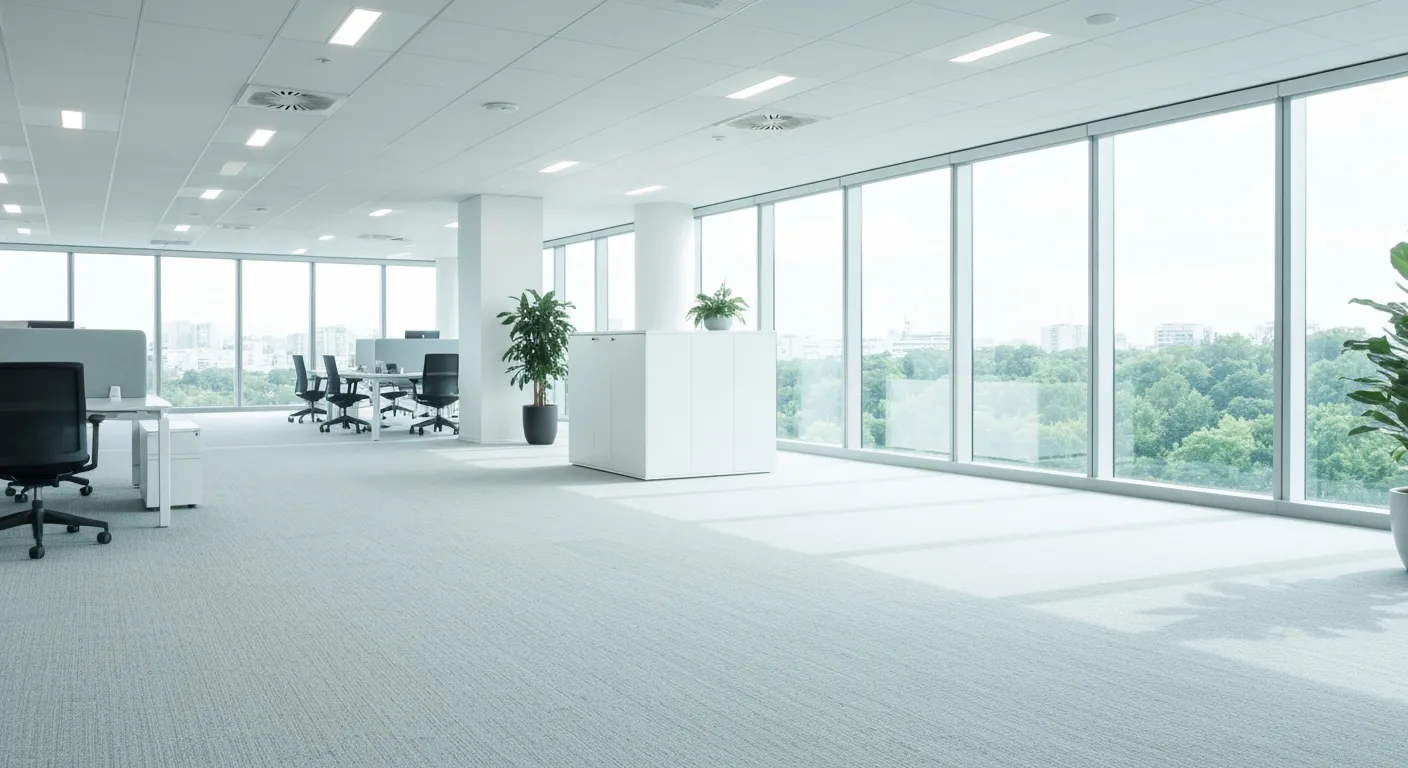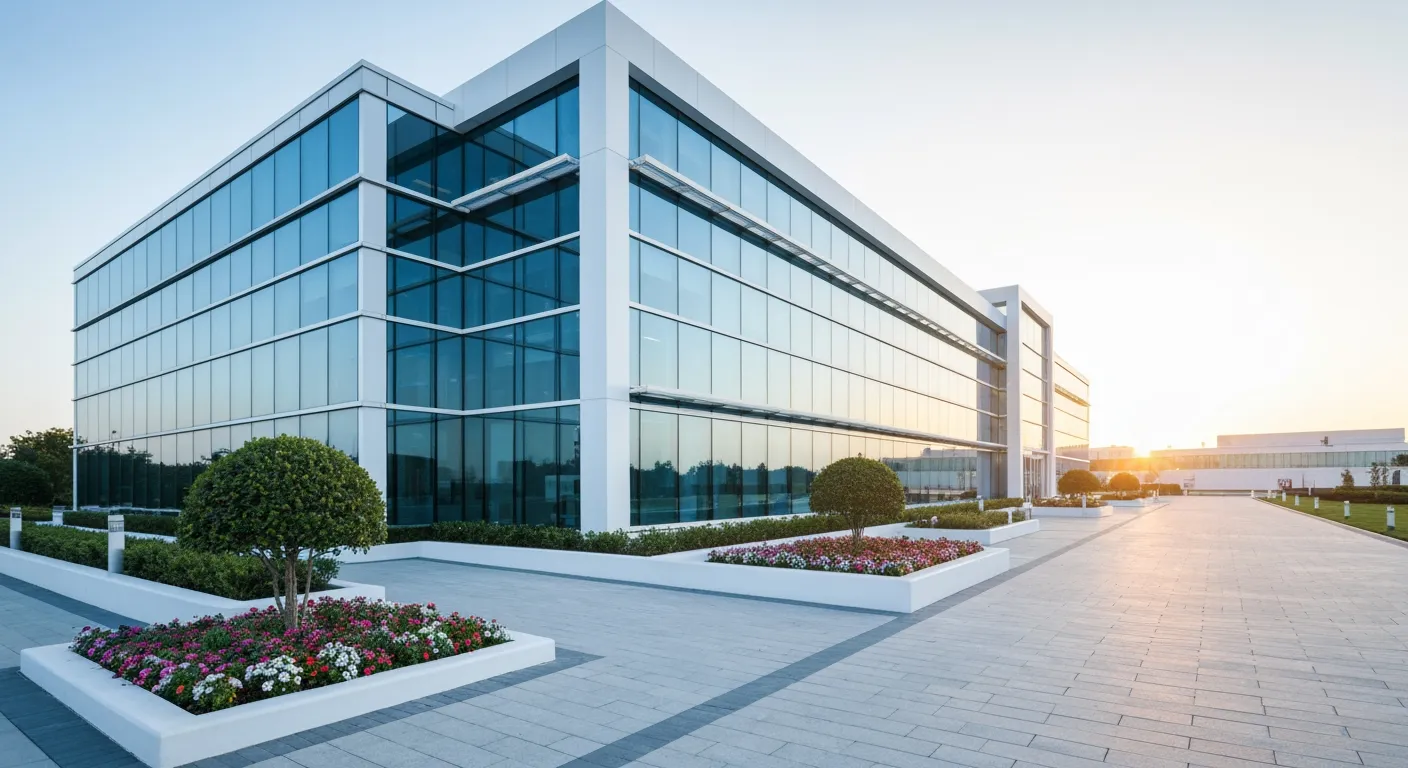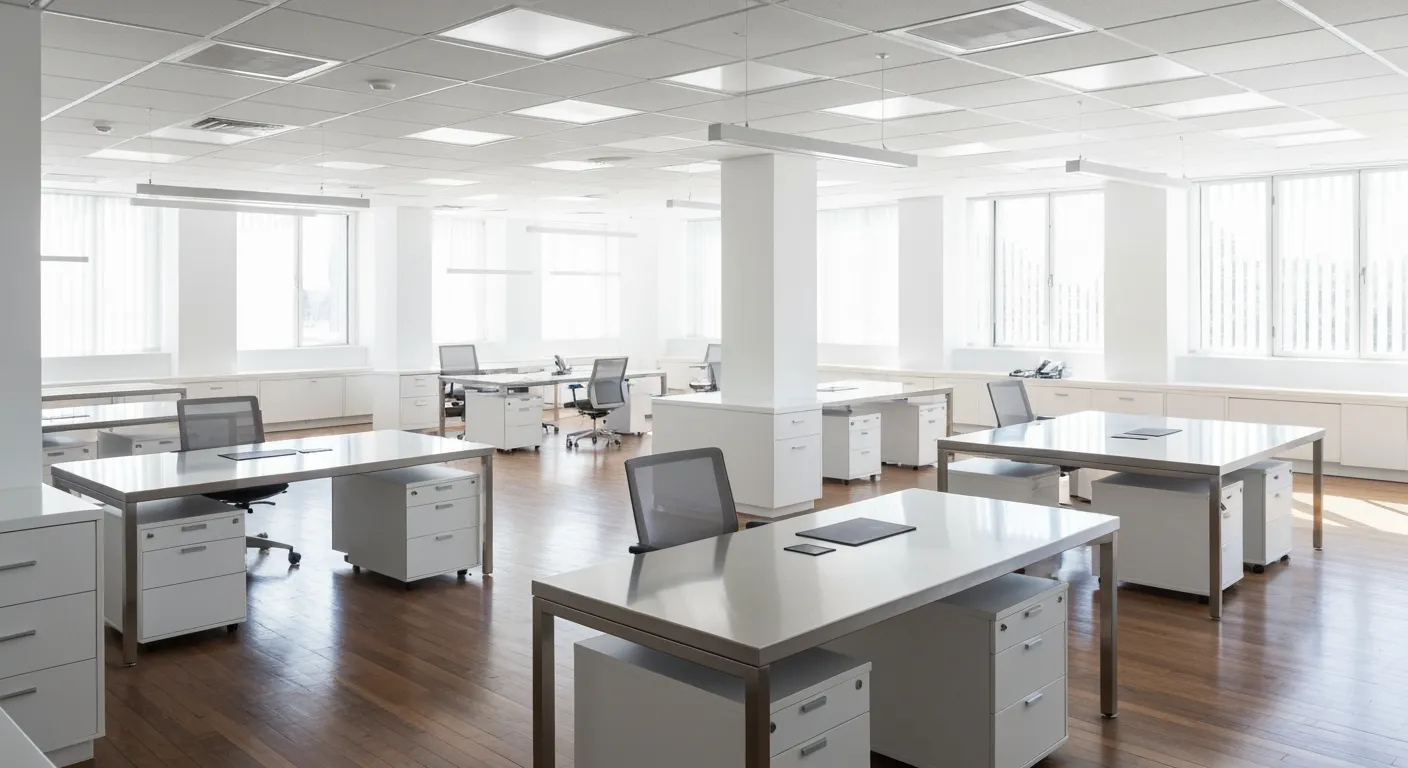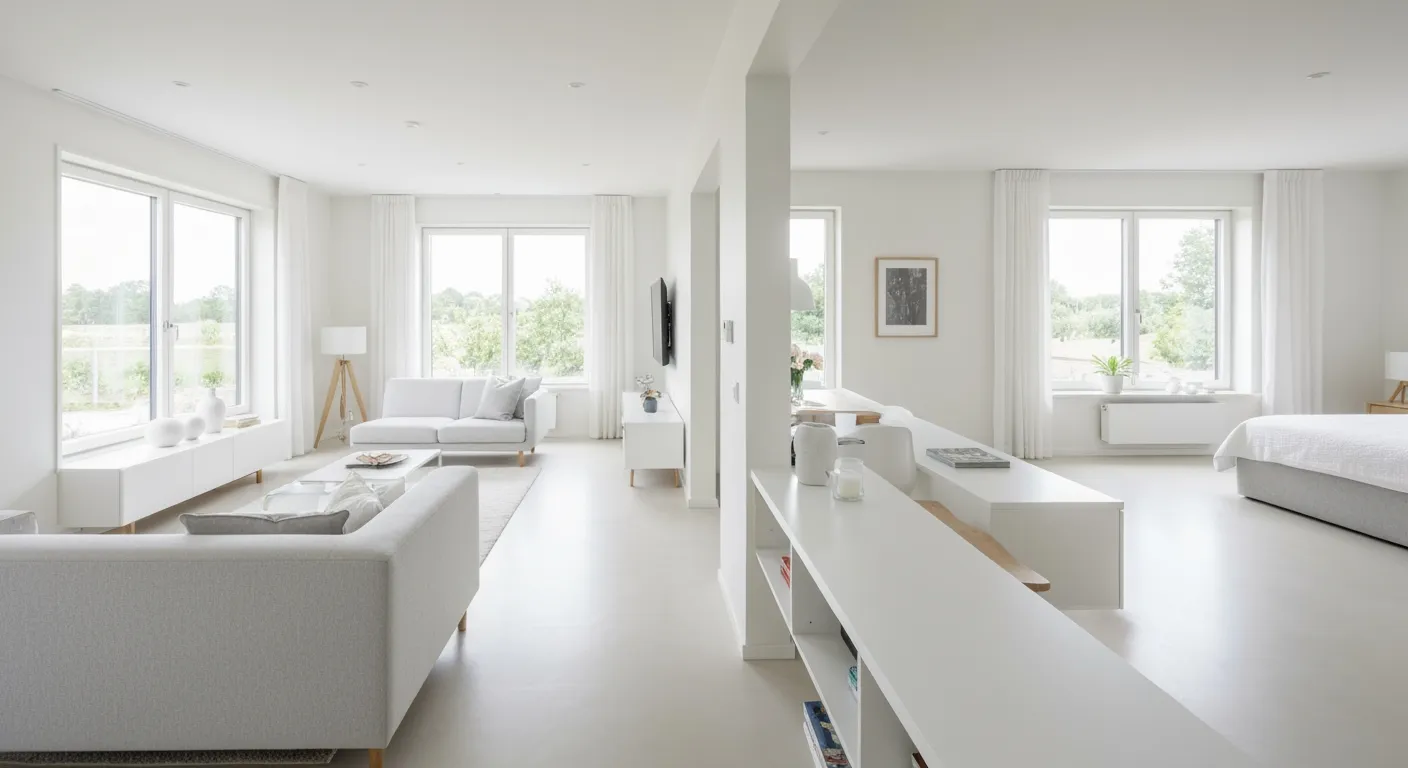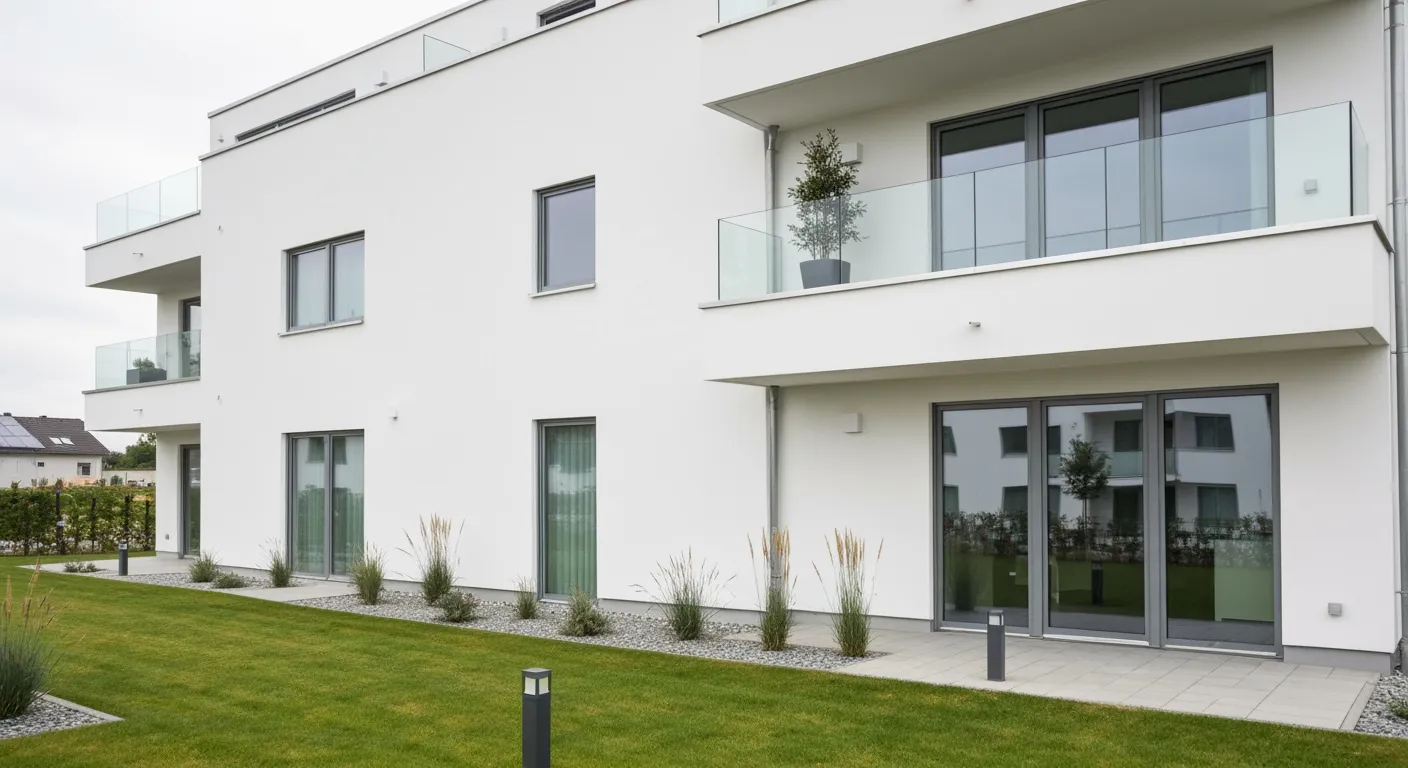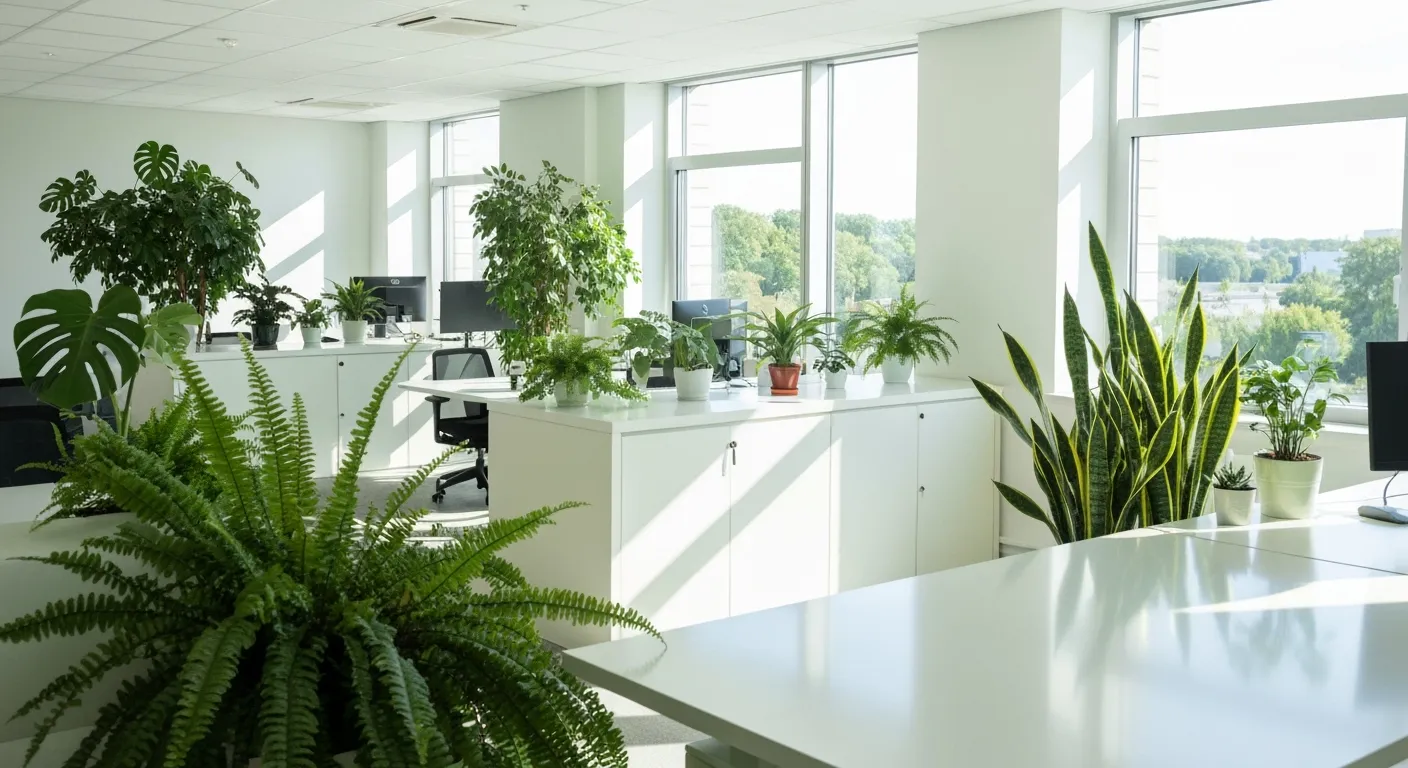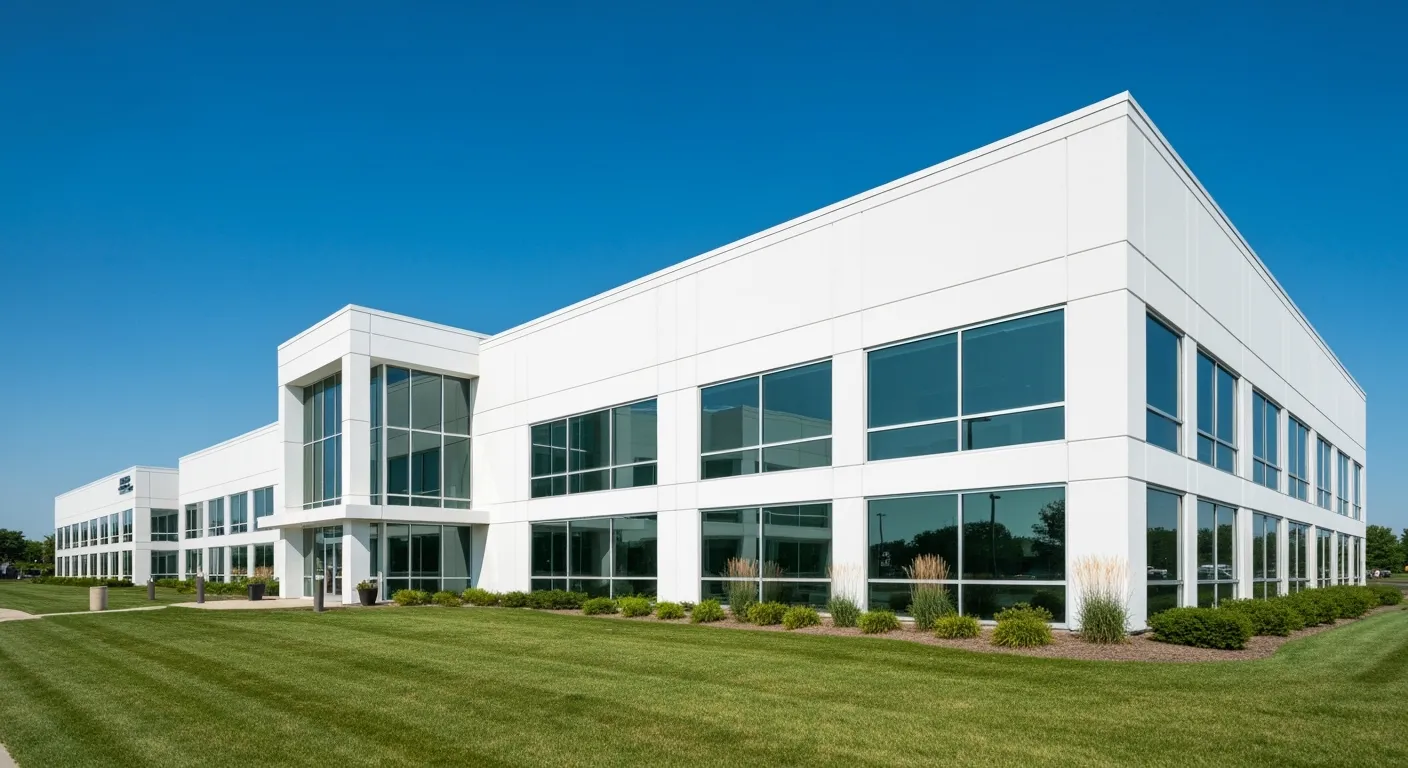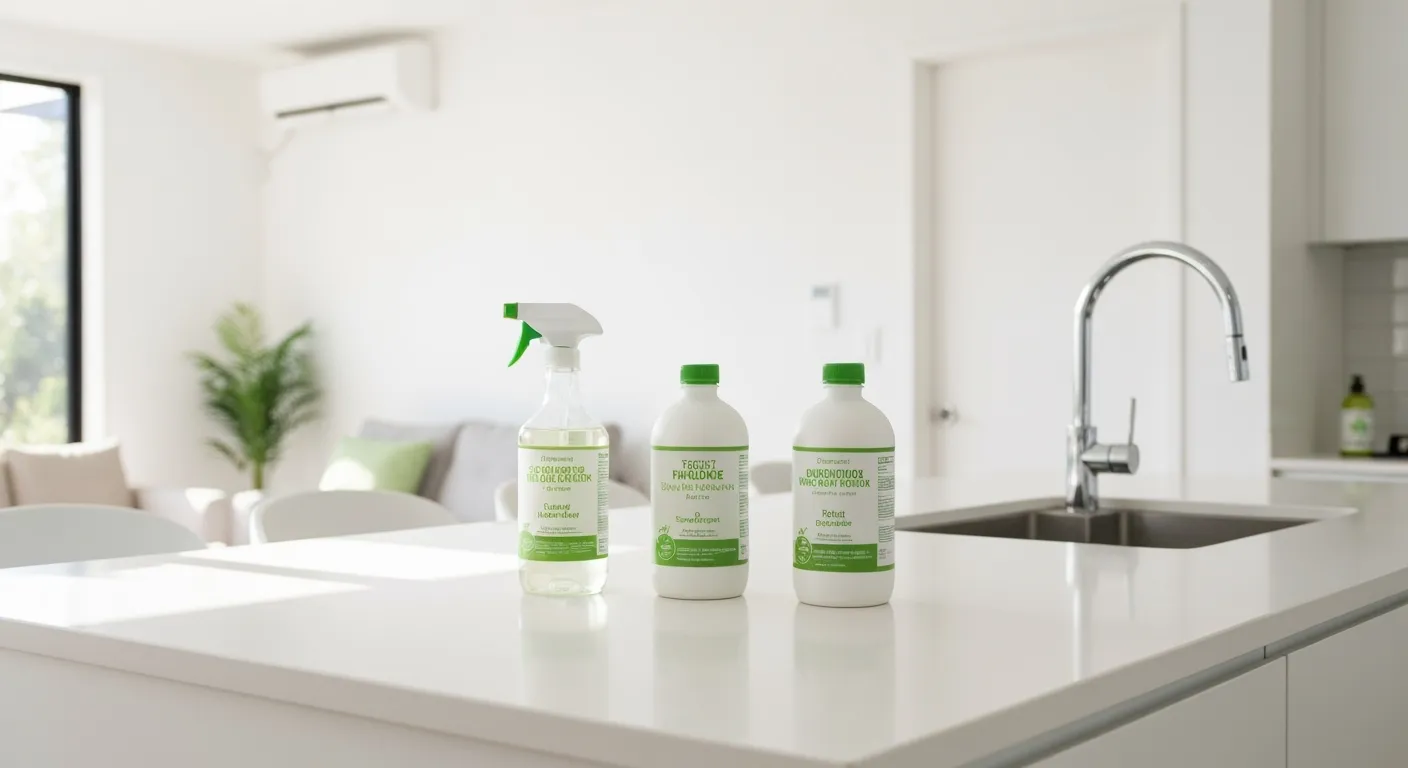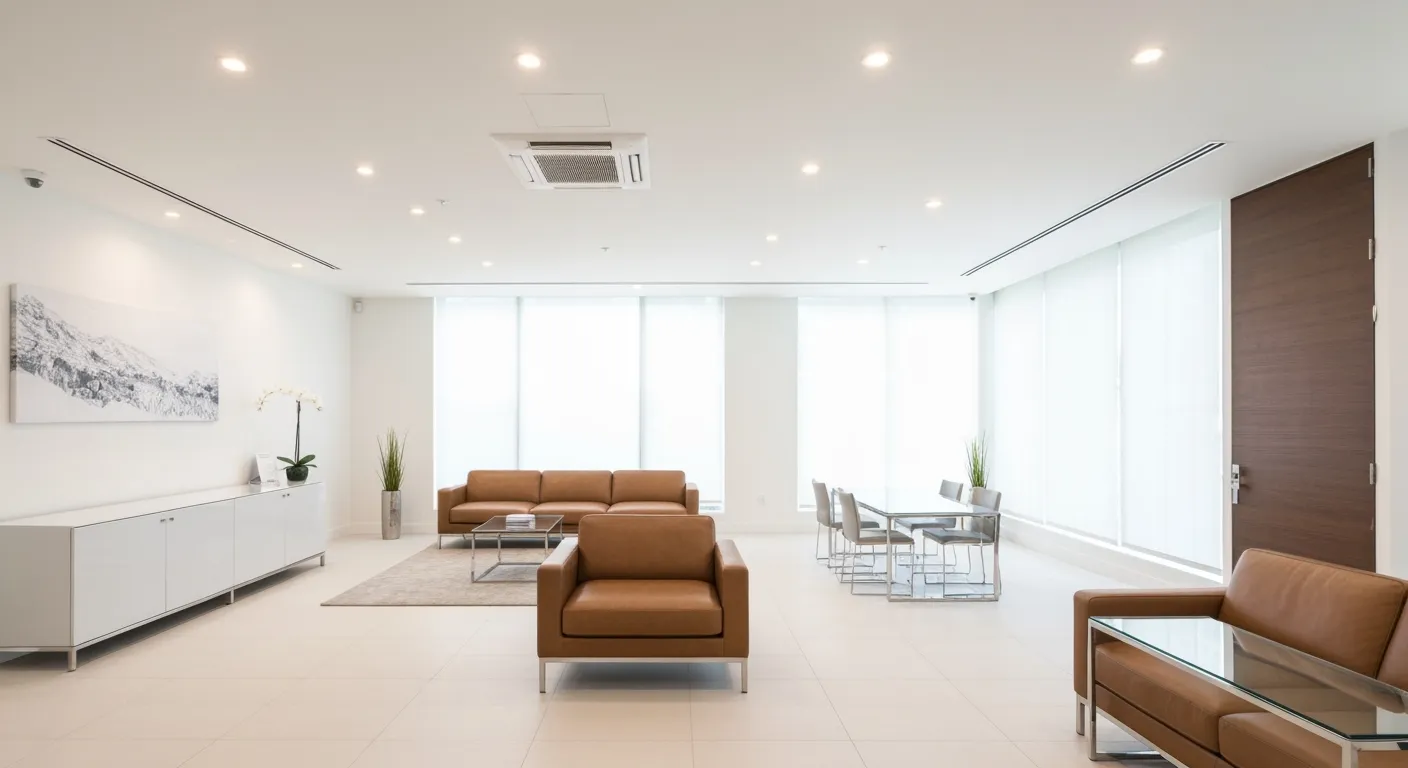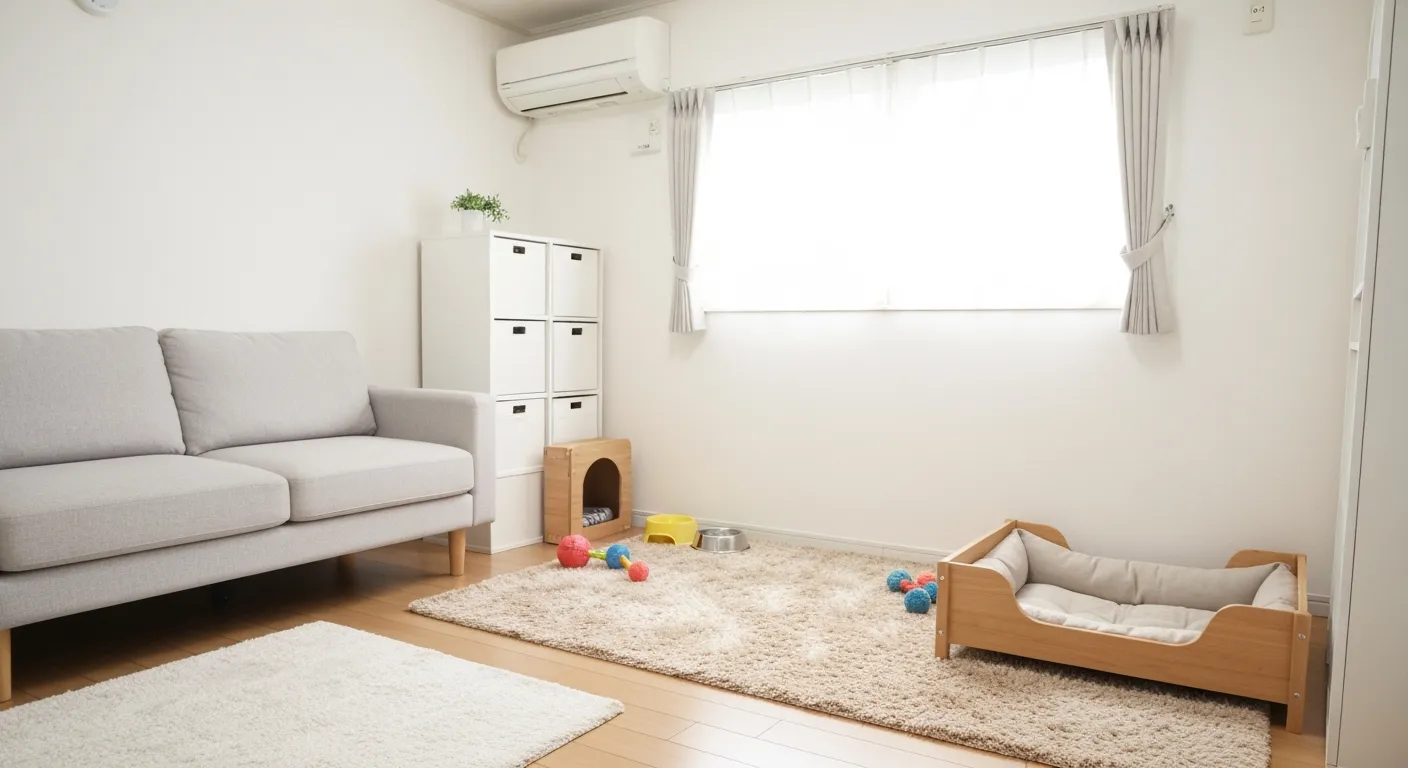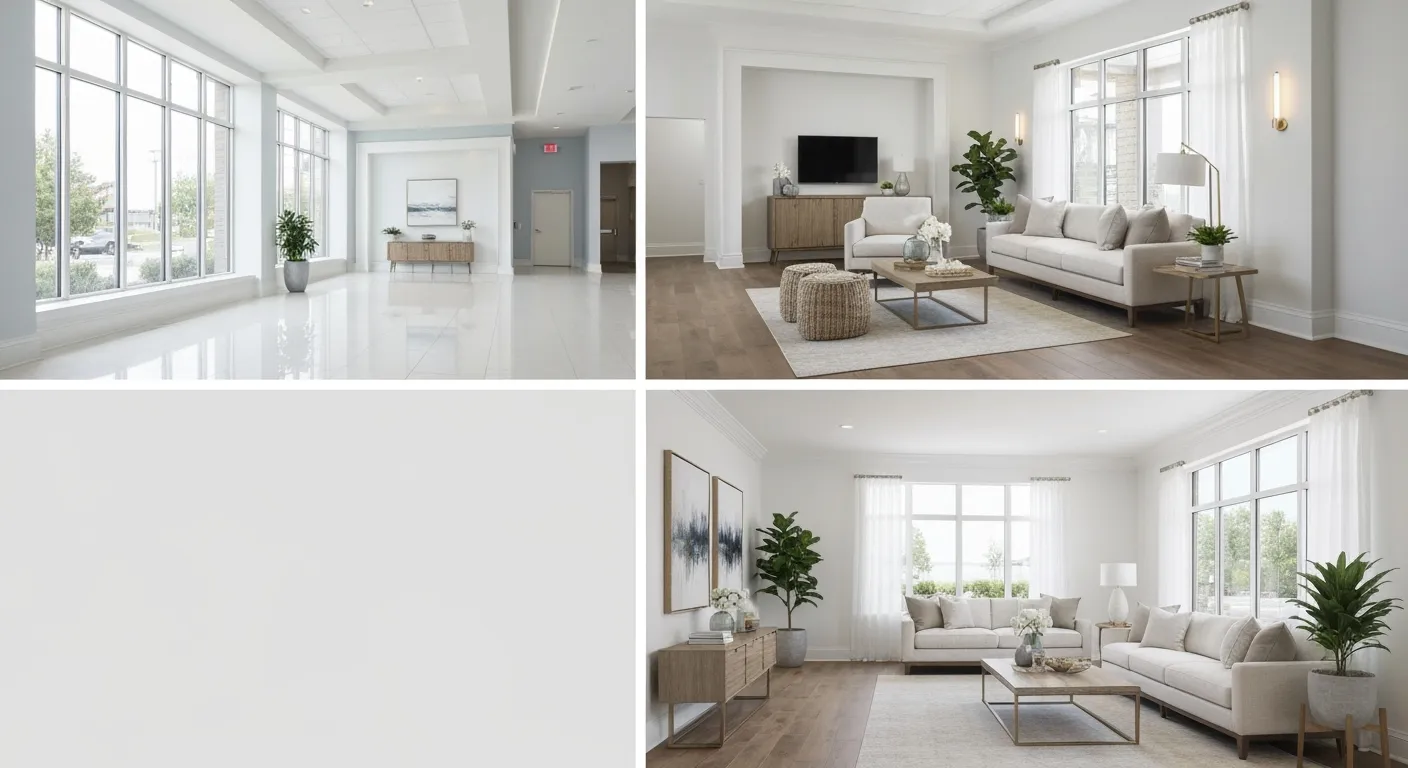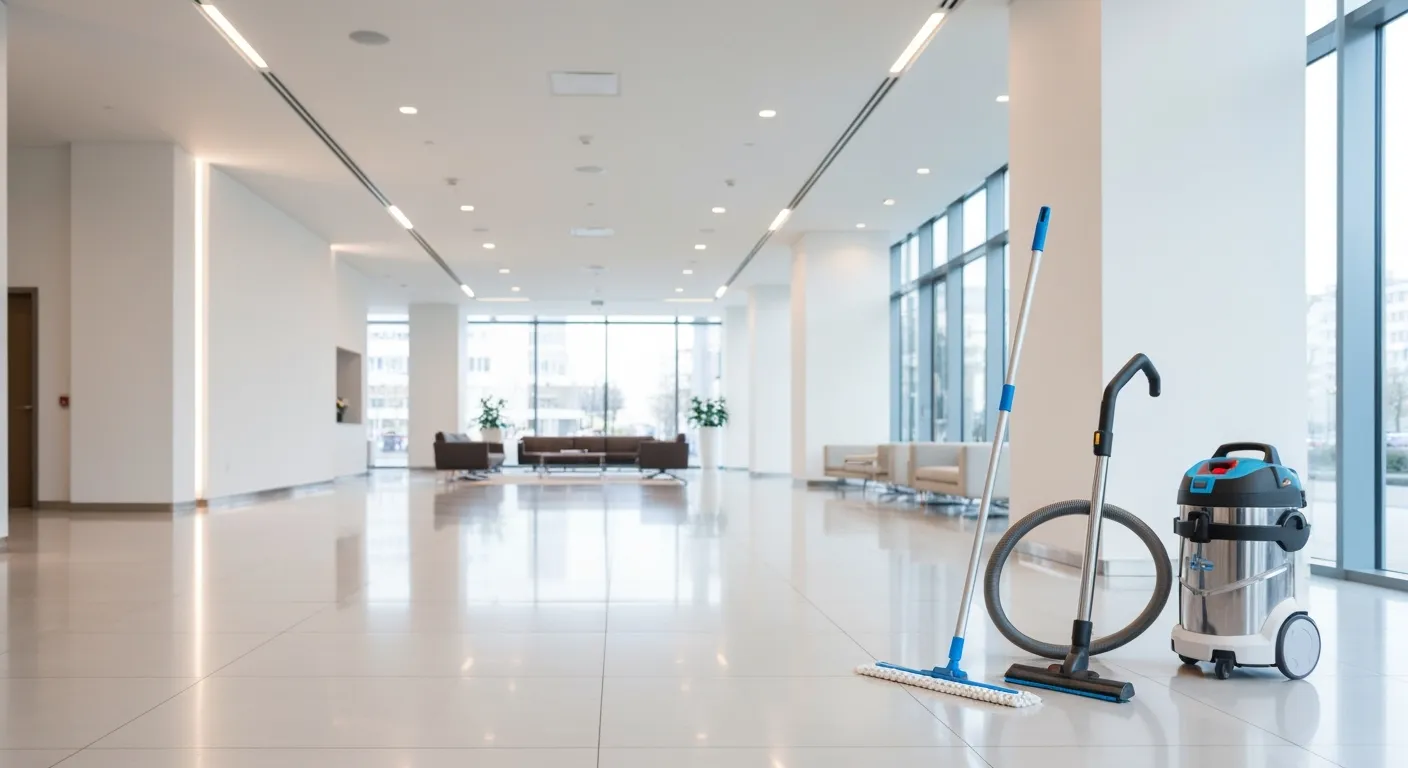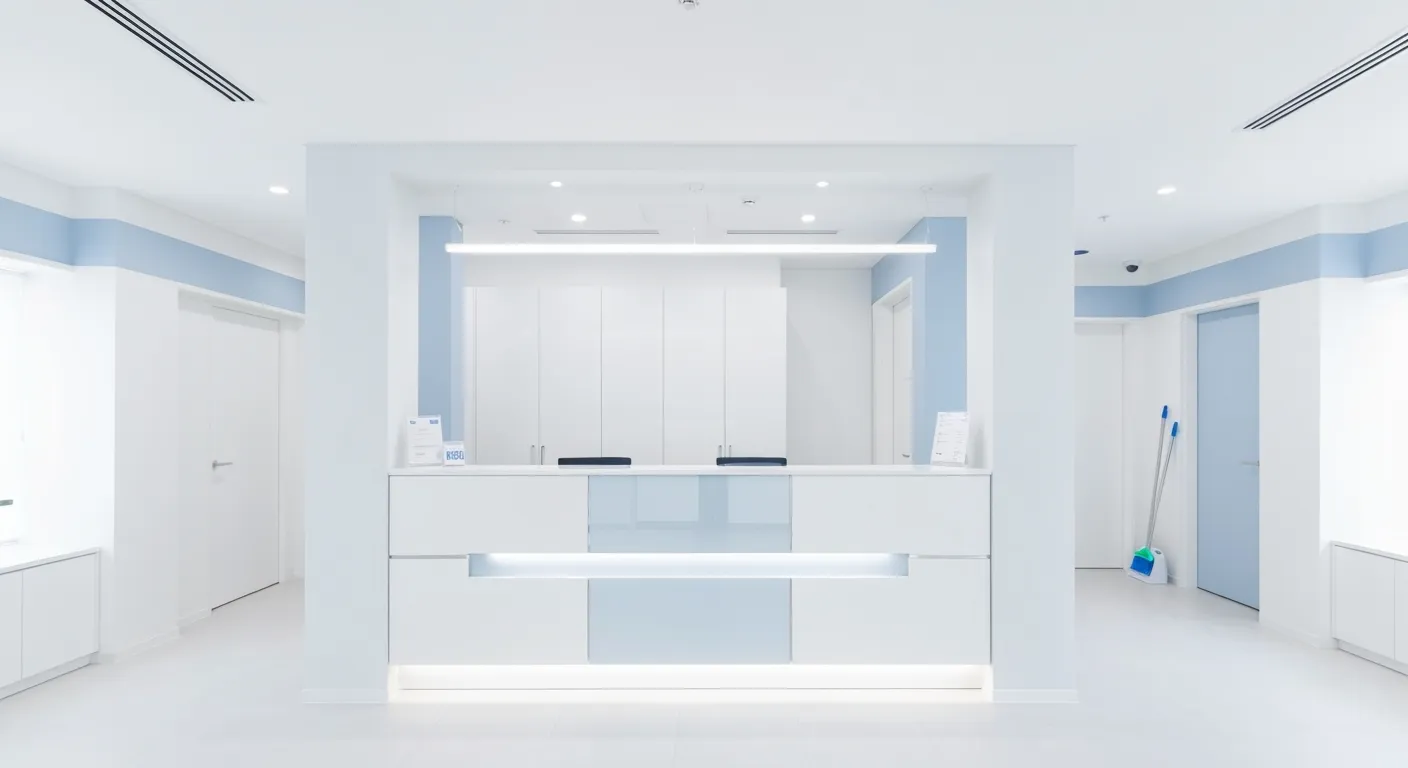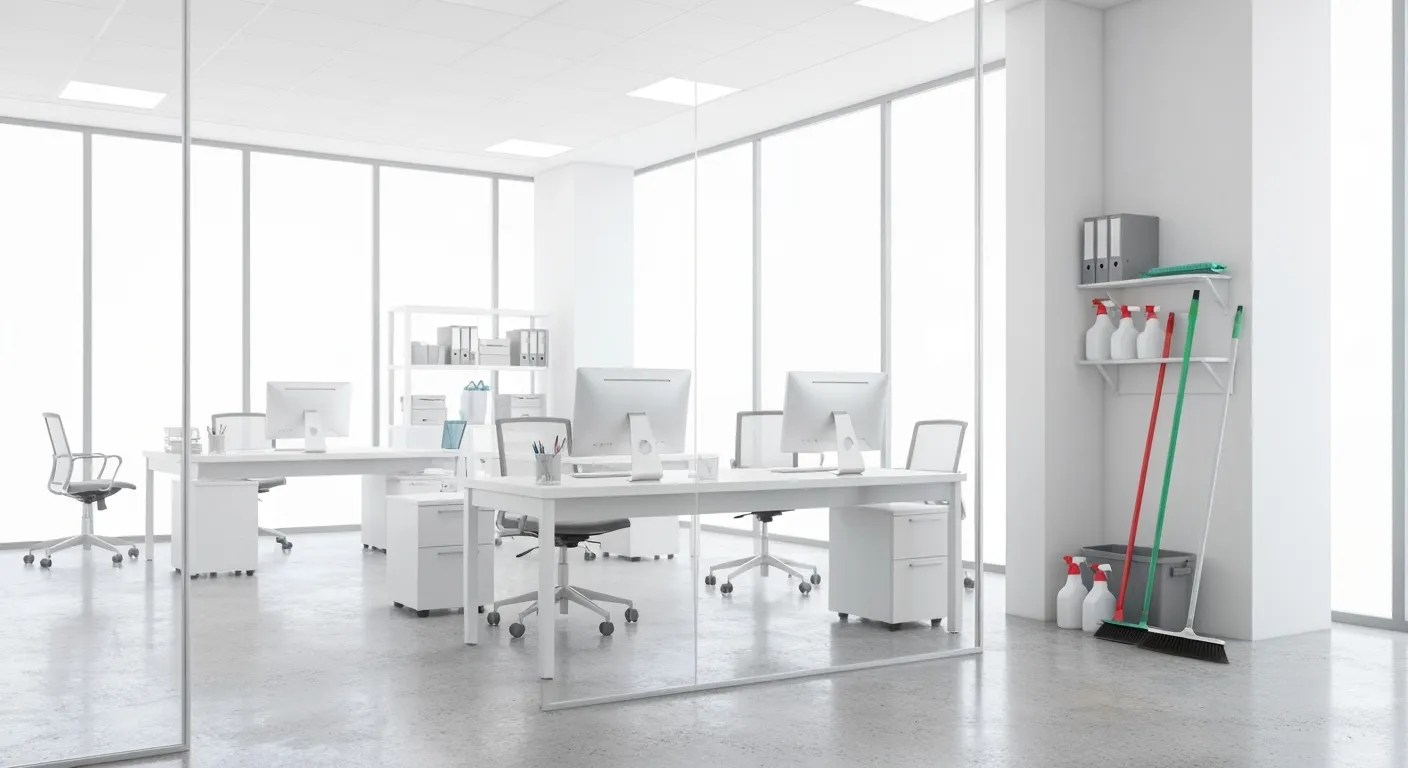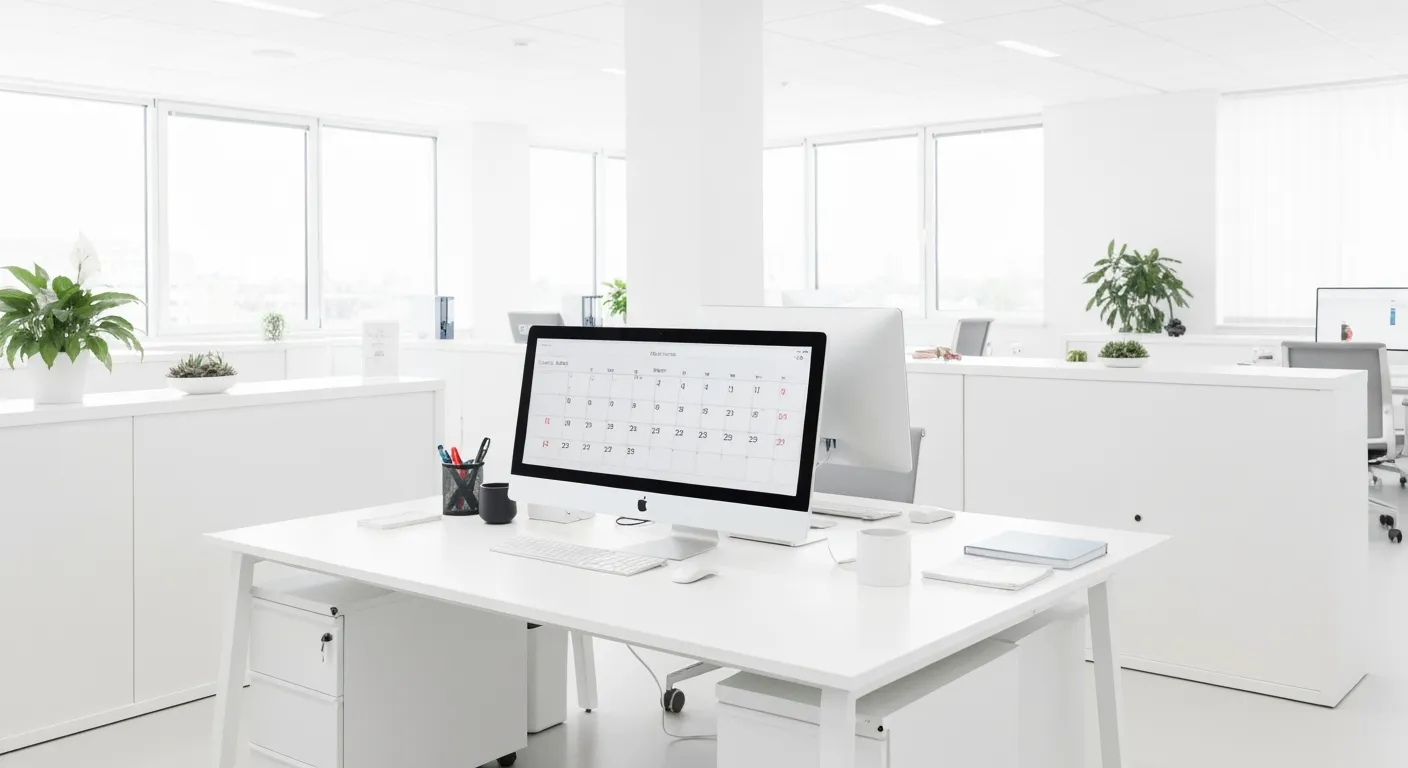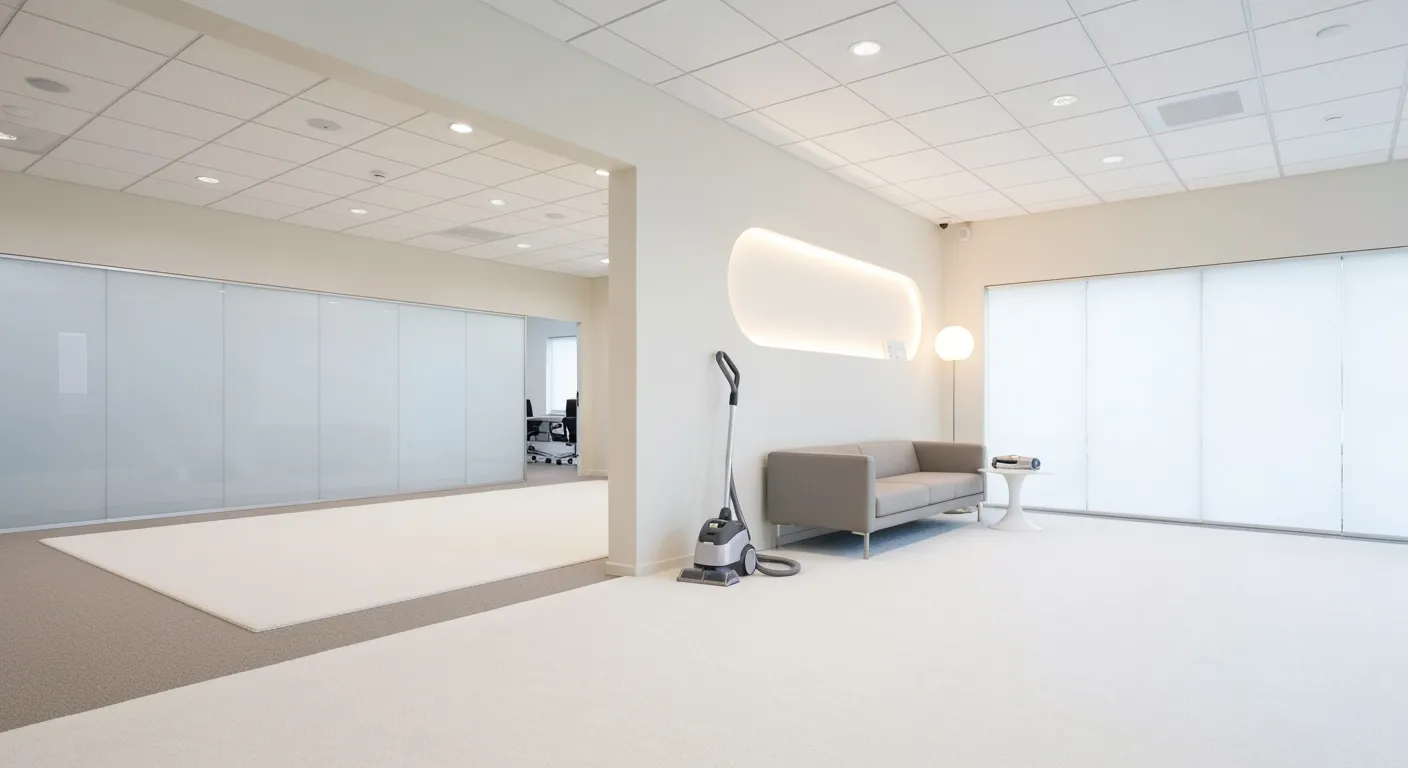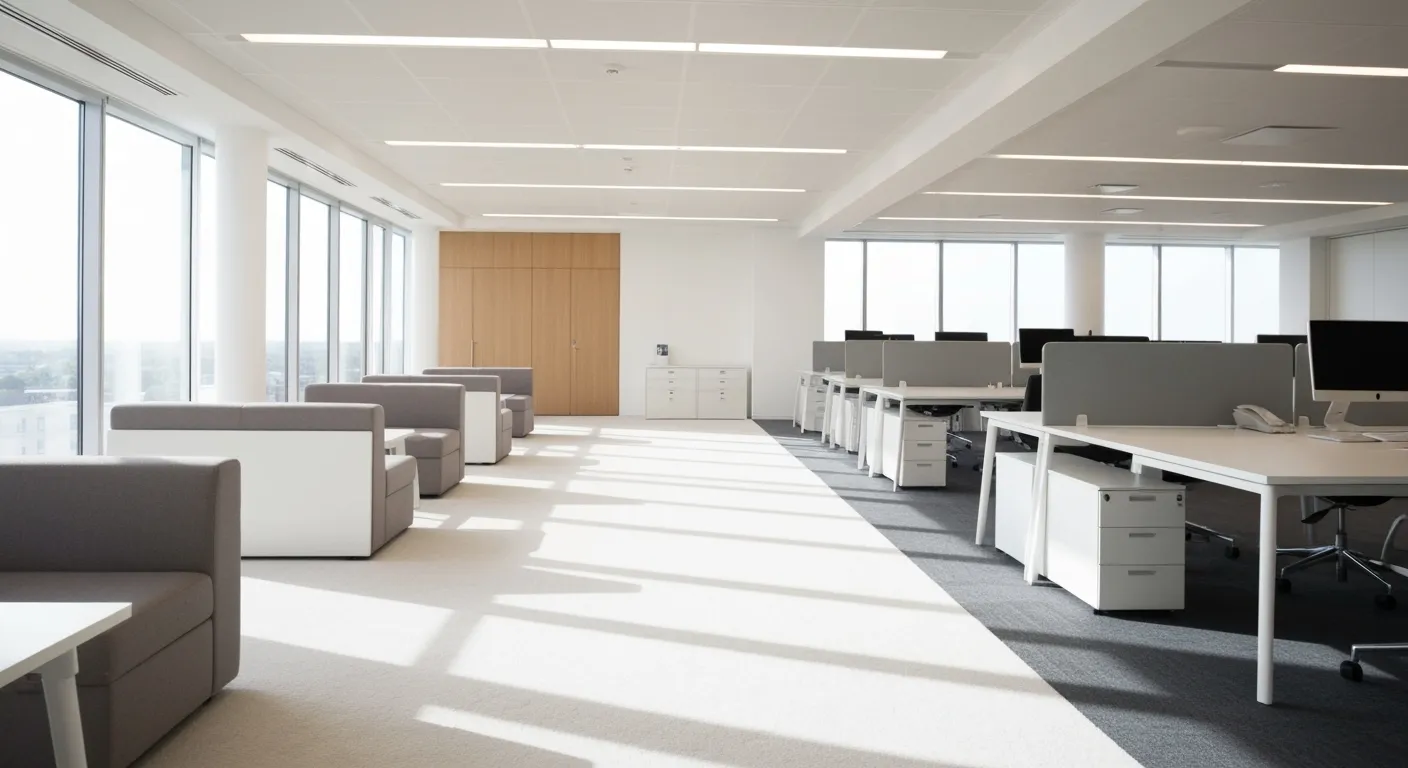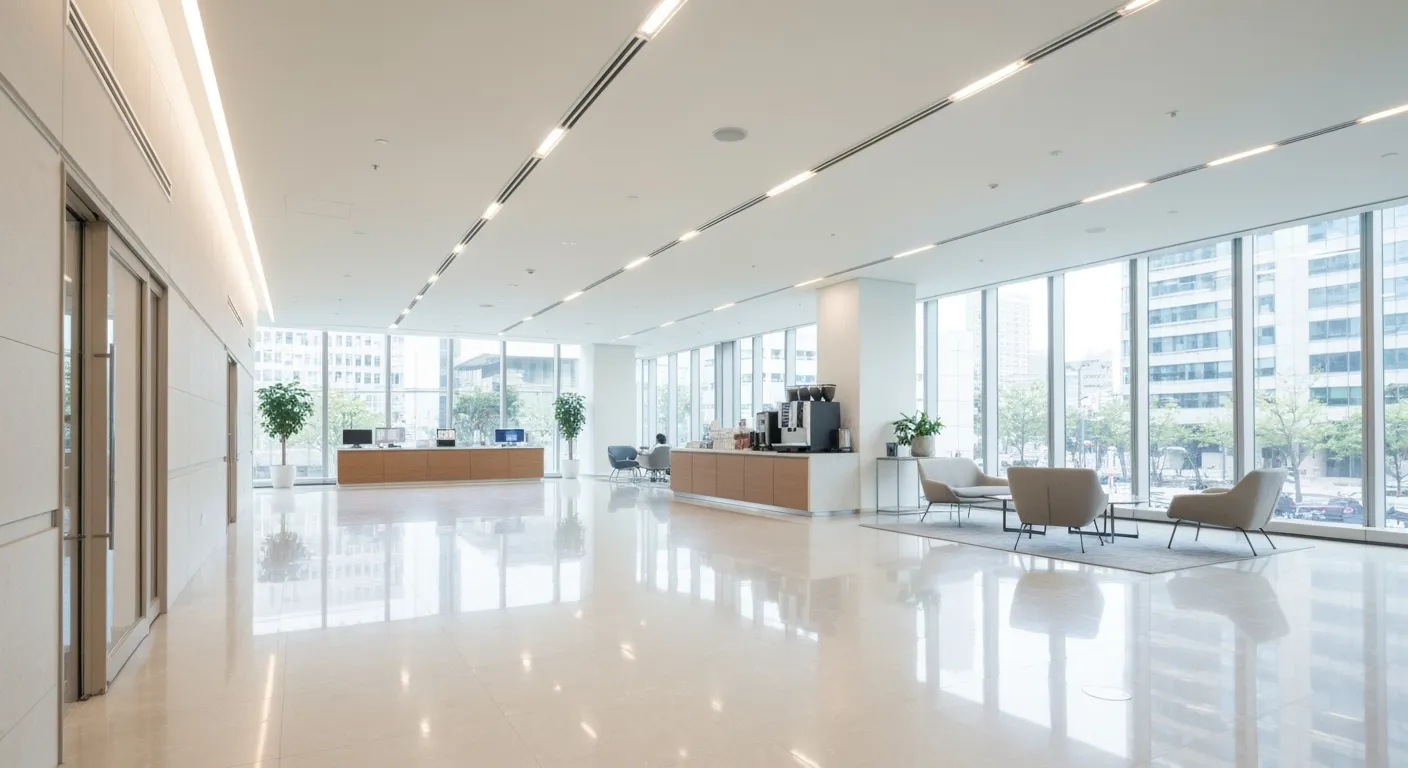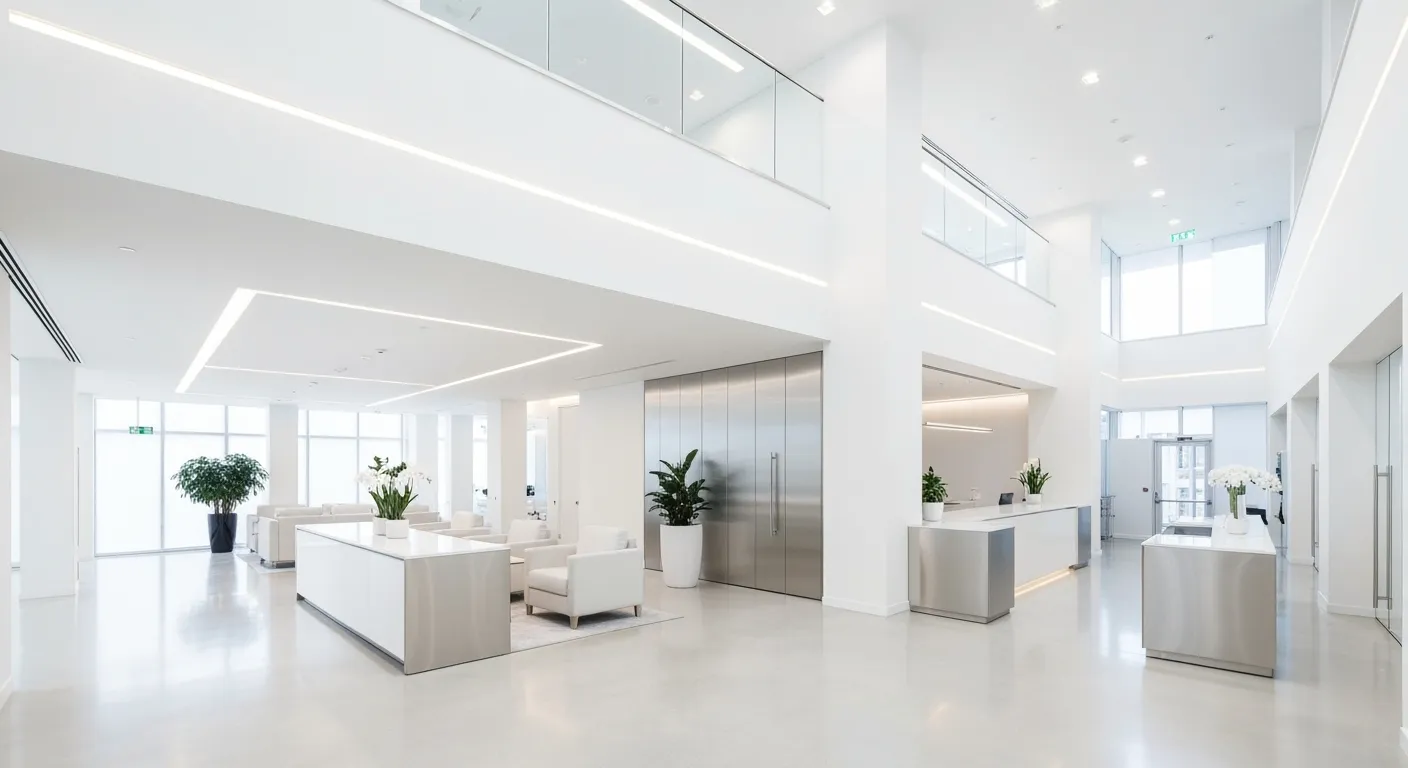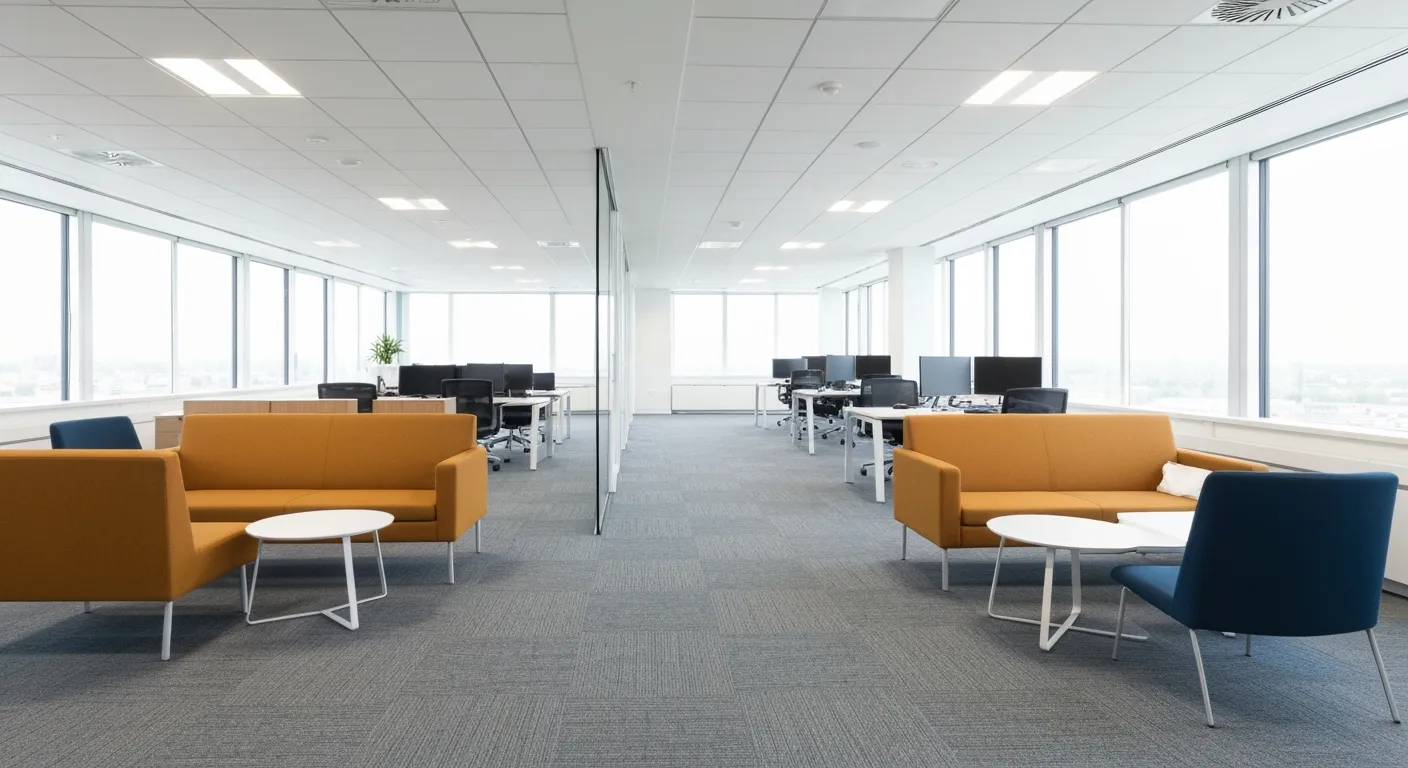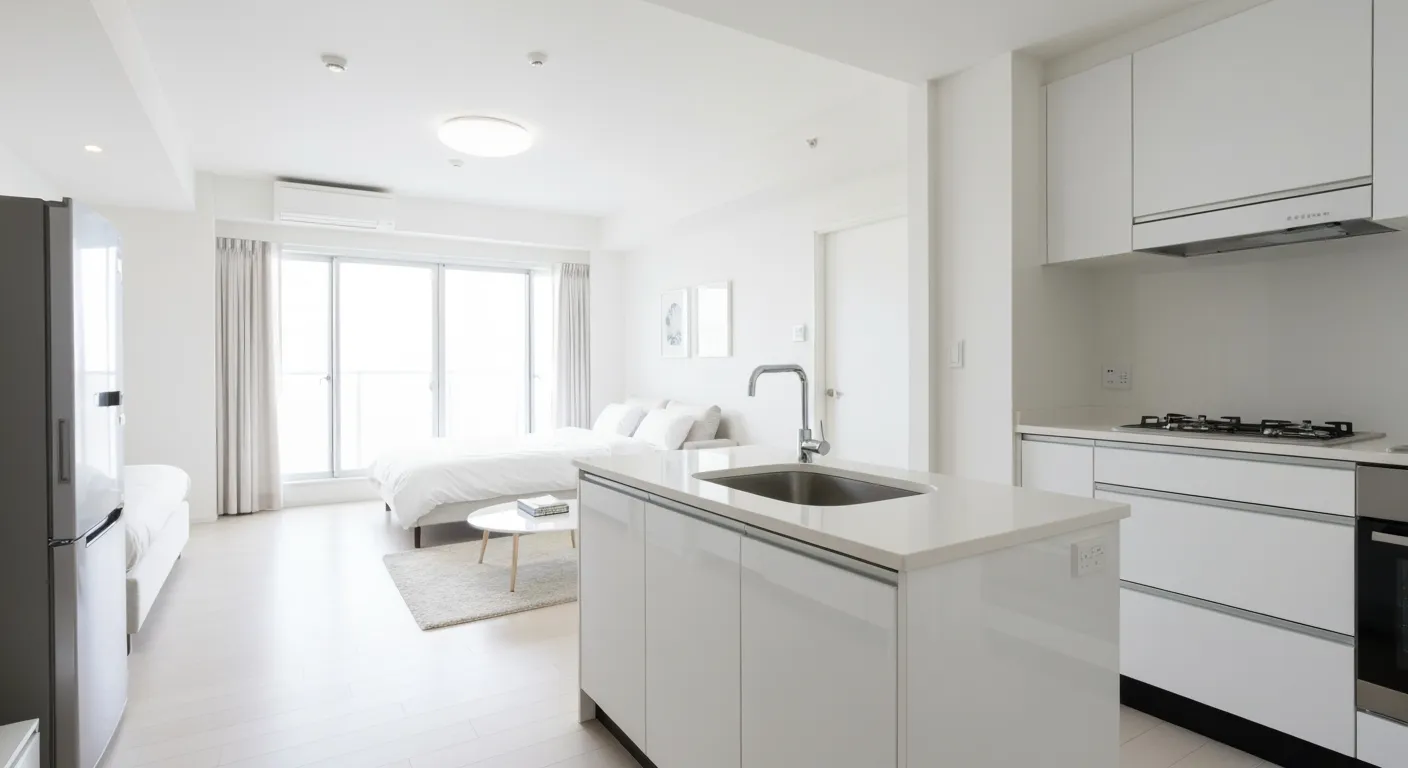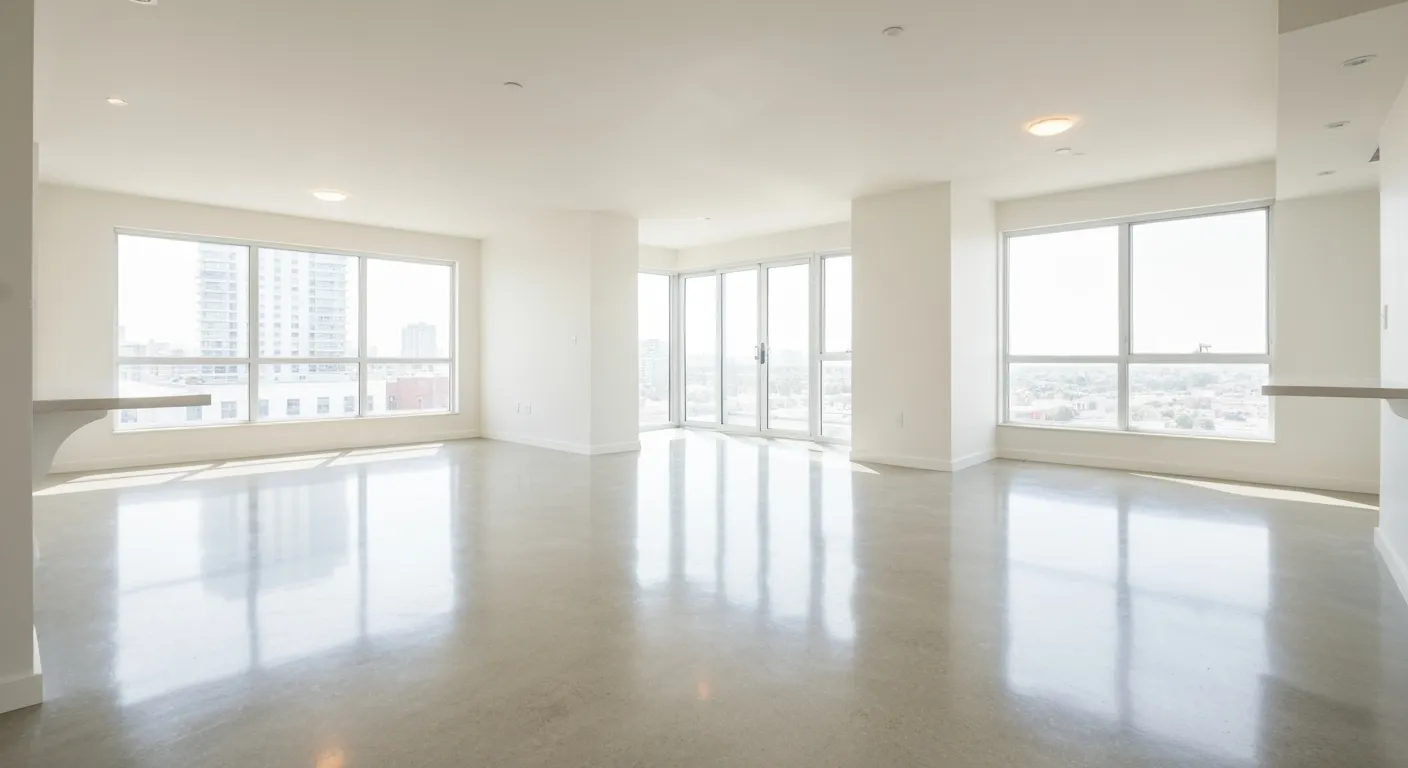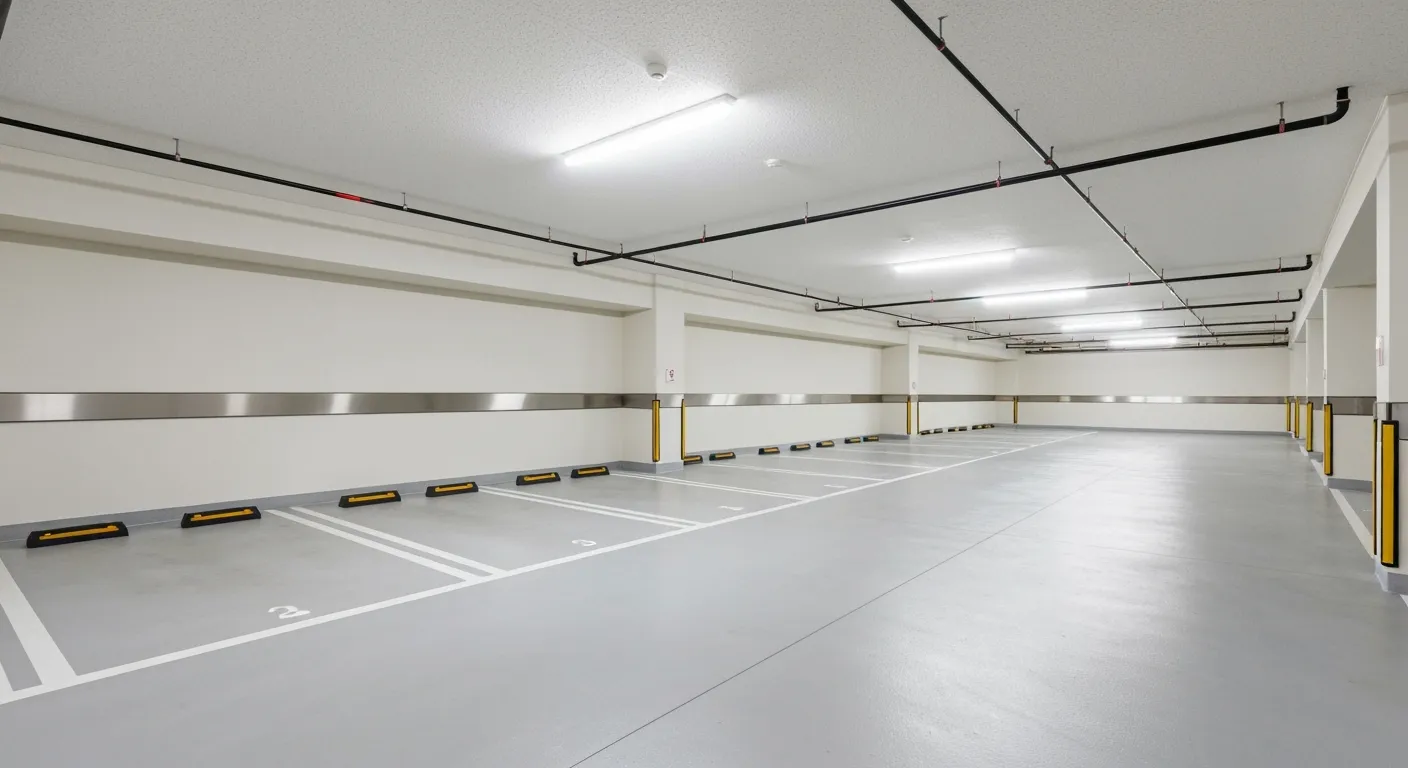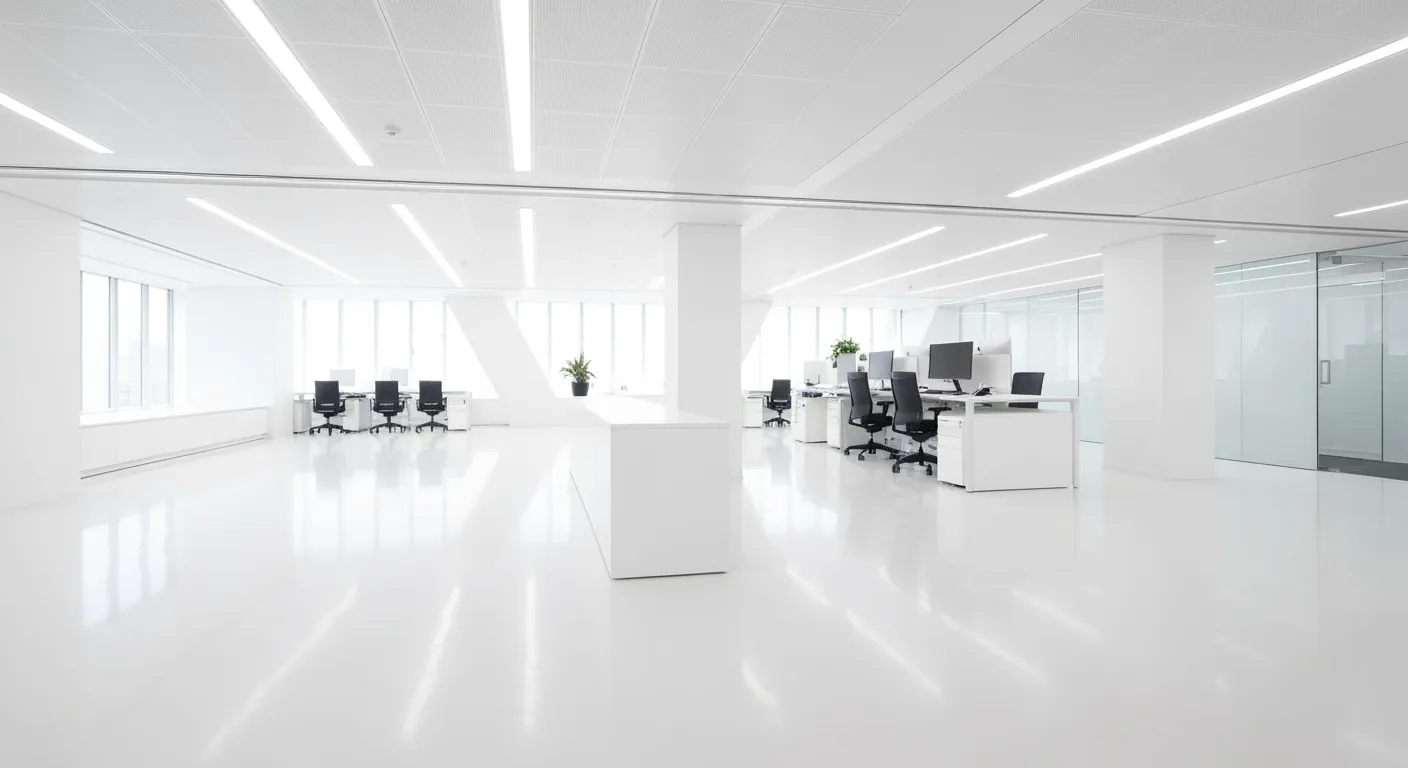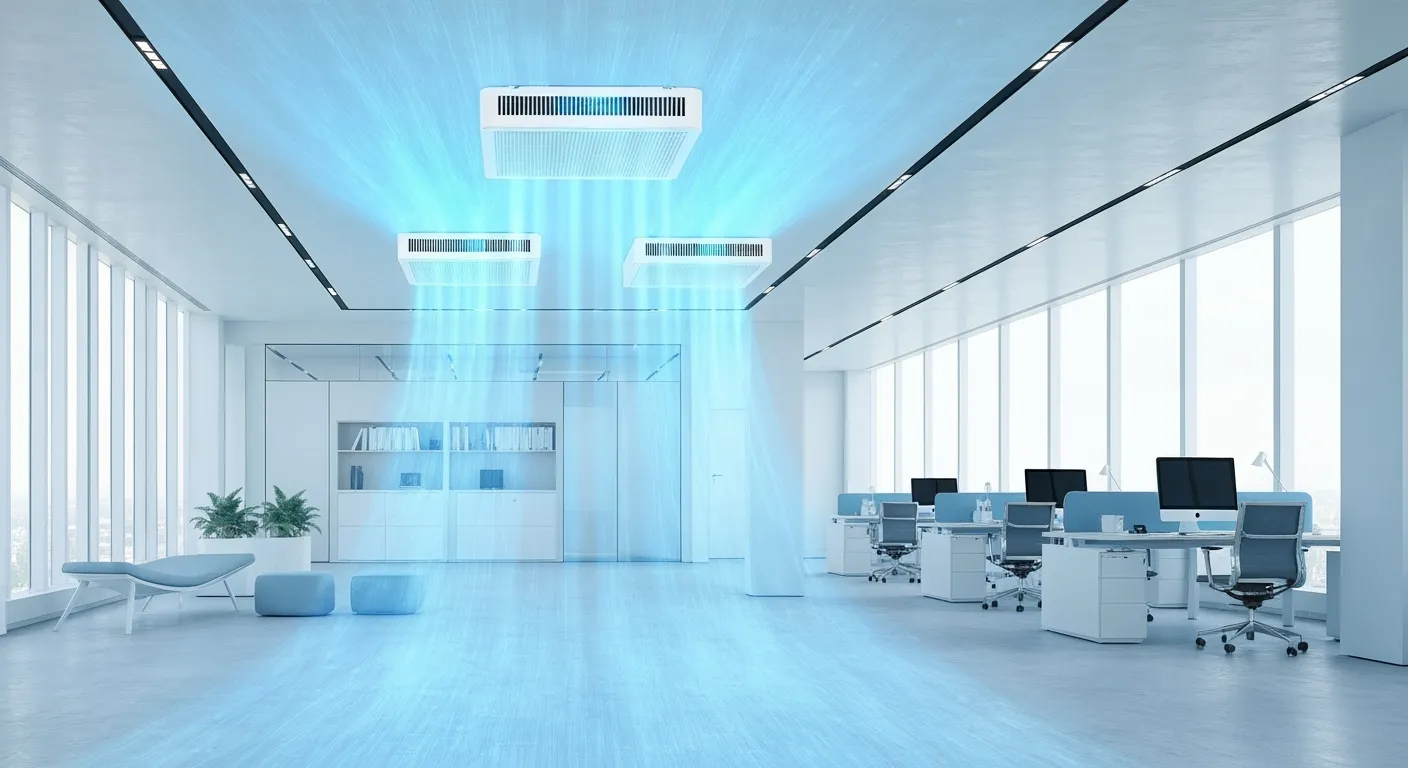Tenant Turnover Cleaning Stats: Costs, Timelines, and Expectations

Understanding Tenant Turnover: An Overview
Tenant turnover significantly impacts rental property management, involving costs, timelines, and operational strategies. Landlords and property managers must navigate cleaning, repairs, marketing, and preparation to ensure a smooth tenant transition and maintain profitability. This article explores key statistics, cost factors, timelines, and best practices within tenant turnover cleaning and management, providing a comprehensive overview for optimizing rental operations.
Industry Benchmarks and Turnover Statistics Explained
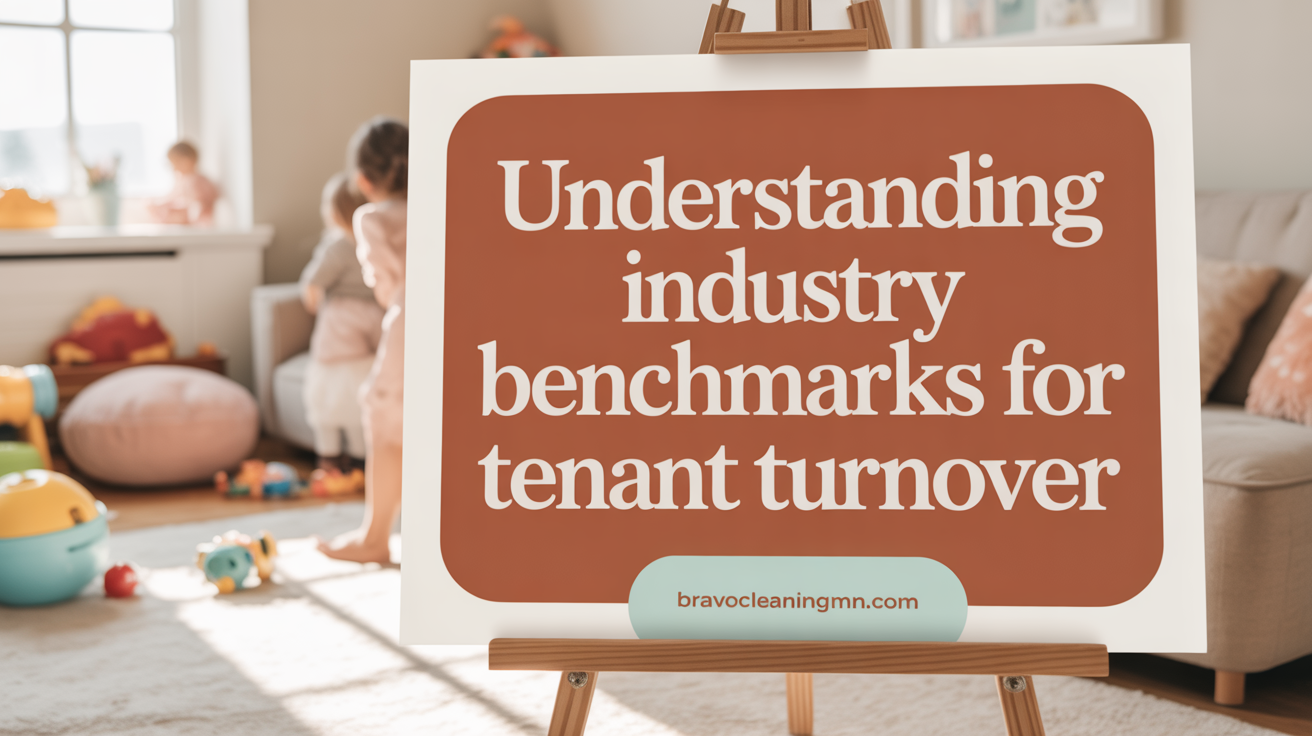
What are the typical statistics and industry benchmarks for tenant turnover?
Tenant turnover rates serve as a crucial indicator for property managers and landlords to understand how often tenants are moving out of rental units. On average, the annual tenant turnover rate falls between 50% and 70% in the residential rental sector. This means that, in a given year, roughly half to over two-thirds of tenants may choose to leave their units.
These numbers can vary depending on many factors, including property type, location, and broader economic conditions. For instance, markets with older populations or areas experiencing slow job growth often see higher turnover rates. Conversely, areas with strong employment opportunities and attractive amenities tend to retain tenants longer, leading to lower turnover figures.
Effective rental management strategies can significantly influence these benchmarks. Conducting thorough tenant screening, enhancing property appeal with sought-after amenities, and setting fair rent prices are proven methods to help maintain longer tenancies. When tenants stay longer, turnover costs decrease considerably, reducing expenses like cleaning, repairs, and marketing.
Statistics from relevant industry reports, such as the 2023 CMHC rental market survey, provide regional benchmarks that assist landlords in evaluating their performance. These insights enable property owners to optimize their tenant retention strategies and improve overall profitability.
A typical turnover involves expenses such as cleaning, minor repairs, advertising, and screening, which can average around $1,750 per vacancy month. Reducing turnover not only saves money but also minimizes vacancy periods that impact rental income and ROI.
Understanding these benchmarks helps landlords set realistic expectations and formulate proactive management plans to stabilize occupancy rates and manage costs efficiently.
Breaking Down the Costs Incurred During Tenant Turnover
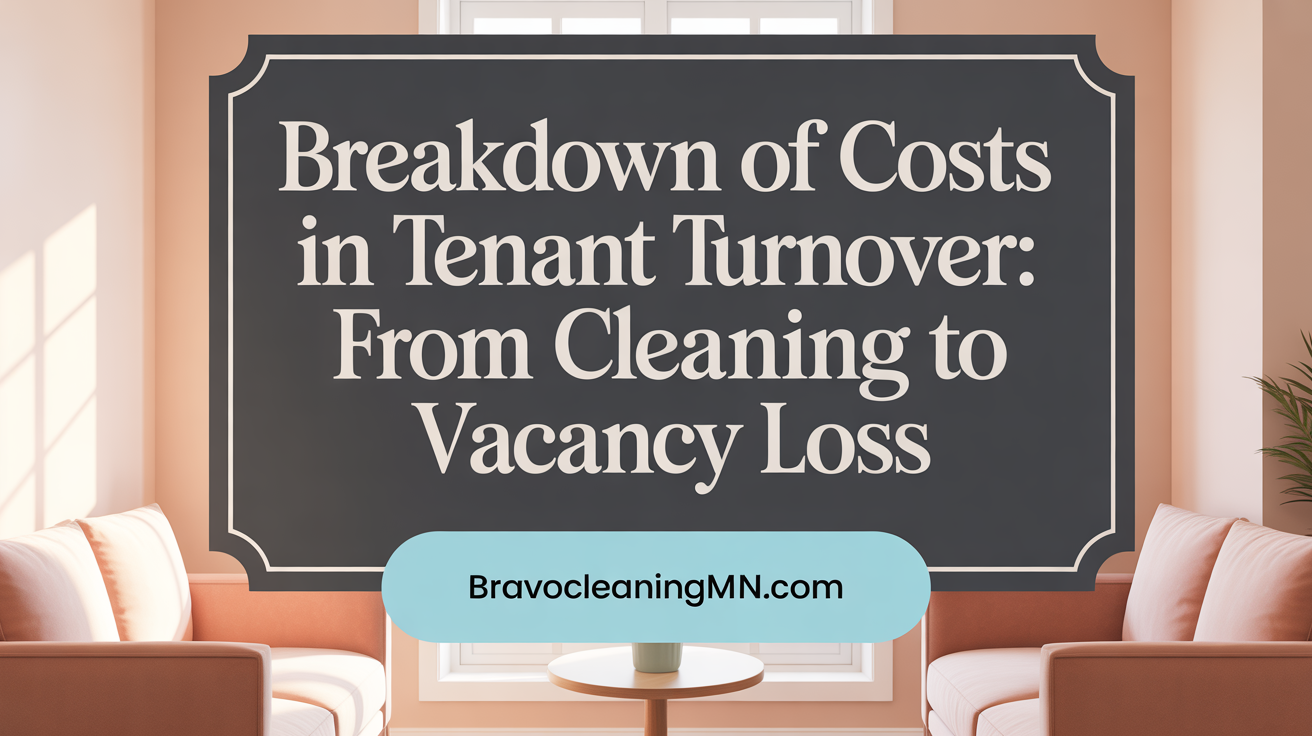
What are the common costs associated with tenant turnover, including cleaning expenses?
Tenant turnover involves numerous expenses that can quickly add up. Cleaning costs are a major component, including deep cleaning services at approximately $50 per hour. This covers debris removal, carpet washing, exterior pressure washing, and lawn care. If the property requires more extensive cleaning or repairs, costs can increase significantly.
Repair and maintenance costs
The condition of the property upon tenant move-out greatly influences repair expenses. Typical repairs range from $85 to $750 and include fixing damages, repainting, or repairing appliances. In some cases, larger upgrades such as carpet replacement, which can cost around $7,500 for a 1,500 sq ft home, might be needed. Promptly addressing repairs helps maintain property value and appeal.
Marketing, screening, and administrative fees
To attract new tenants, marketing costs are essential. These can include professional photos, online listing fees, and syndication, amounting to approximately $1,154 per month per unit. Additionally, screening new applicants involves background checks, credit reports, and verification, which incur costs. Other administrative expenses include lock changes costing between $50 and $300, and showing the property is necessary for tenant selection.
Vacancy-related income loss and utility costs
Vacancies lead to significant income loss, estimated at $150 to $250 per day for an average property. For example, a two-week vacancy can result in around $900 in lost rent alone, not counting other costs. Utilities such as electric, gas, and water may also need to be transferred or reconnected, at roughly $30 per utility transfer plus a $10 processing fee per bill, further increasing costs during vacancies.
Common fixed and variable turnover expenses
Turning over a property involves fixed costs like advertising, application processing, and lease-up fees, which are predictable and often tax-deductible. Variable costs fluctuate depending on property condition and market dynamics, including repairs, cleaning, and lost rent. According to Oxford Properties Group, typical apartment turnover costs range from $500 to $600 per unit, but extensive repairs and delays can push expenses higher.
| Expense Category | Typical Cost Range | Additional Details |
|---|---|---|
| Cleaning & Deep Cleaning | $50/hour | Carpet cleaning, debris removal, exterior wash |
| Repairs & Maintenance | $85–$750 | Painting, appliance fixes, major repairs |
| Carpet Replacement | approx. $7,500 | For larger units or extensive damage |
| Marketing & Advertising | $1,154/month per unit | Photos, listing fees, syndication |
| Screening & Application | Variable | Credit, background checks |
| Lock Changes | $50–$300 | Security measures for new tenants |
| Vacancy Loss | $150–$250/day | Lost rent during vacancy periods |
| Utility Transfers | $30 per utility | Plus $10 per bill processing fee |
Understanding and managing these costs through proactive maintenance, efficient turnover processes, and good tenant relations can significantly reduce the financial impact of tenant turnover, ultimately improving rental property profitability.
Timelines for Tenant Turnover: What to Expect
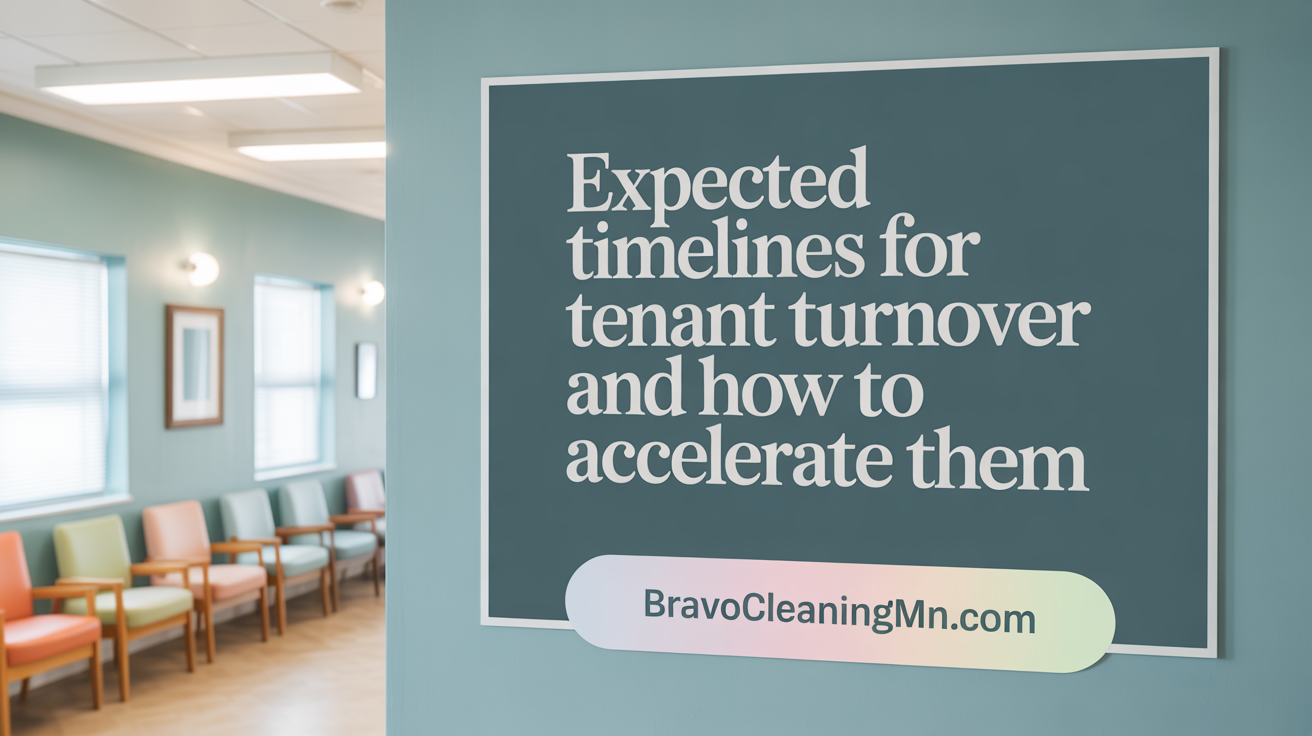
What is the typical timeline for completing tenant turnover processes?
The usual duration for tenant turnover ranges from approximately 7 to 14 days. This period encompasses all necessary steps from when a tenant moves out to when the new tenant is able to occupy the property.
Many tasks, such as conducting move-out inspections, cleaning, essential repairs, and coordinating with prospective tenants, are designed to be completed within this window. Effective planning, including scheduling inspections and securing reliable contractors beforehand, can significantly accelerate this process.
Certain activities, like deep cleaning or painting, might take additional time, especially if the property requires extensive work. For example, carpet drying or extensive repairs could extend the timeline beyond two weeks.
In optimal circumstances, efforts are made to synchronize turnover and the move-in schedule so that vacancy periods are minimized — sometimes only a few days, or even on the same day.
However, delays caused by unforeseen repairs or administrative issues can extend the process to several weeks or sometimes longer, impacting overall rental income and profitability.
Factors impacting how long turnover takes
Several factors influence the length of the turnover process. The state of the property at move-out is a major consideration; properties needing minimal repairs can be turned over more quickly. The availability of trusted contractors and vendors also plays a role.
Complex repairs or extensive renovations naturally prolong the process. Unexpected issues such as damage beyond normal wear and tear or delays in scheduling inspections can add time.
Finally, efficiency strategies like pre-vacate inspections, having a clear scope of repairs, and deploying a streamlined checklists can significantly reduce the duration of turnover.
How to reduce vacancy periods
Proactive planning is essential. Conducting pre-moveout inspections 45 days ahead of a tenant’s departure helps identify repairs early. Preparing detailed maintenance scopes and securing reliable contractors in advance prevents delays.
Utilizing a checklist that covers cleaning, repairs, and inspections ensures no steps are missed, speeding up the process.
Effective communication with tenants minimizes disputes and speeds up their move-out. Offering incentives for tenants to vacate or renew early can also lessen vacancy periods.
For faster turnarounds, employing in-house maintenance teams or hiring single, reliable contractors can be more efficient than managing multiple vendors.
Examples of accelerated turnovers
Some property managers, such as those at Lowe, report that with a tight, well-organized process, vacancies as short as 12 hours are achievable. This involves coordinated scheduling, immediate post-moveout inspections, and rapid cleaning or repairs.
Specialized cleaning services, quick painting turnaround, and immediate utility transfers can help minimize the days a property remains unoccupied.
By integrating technology, such as digital scheduling, and establishing relationships with trusted vendors, landlords can speed up the entire process, reducing costs and preserving rental income.
Best Practices and Expectations for Managing Tenant Turnover
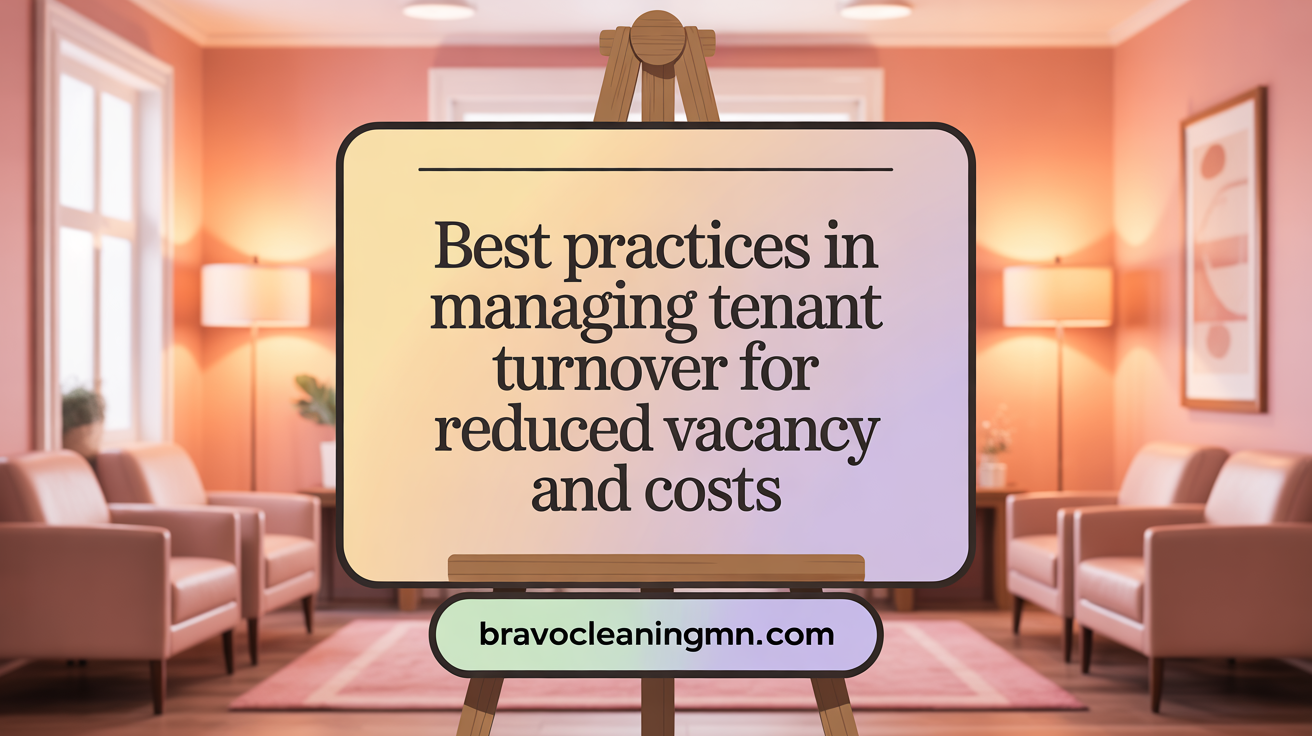
What are the standard expectations and best practices for managing tenant turnover?
Managing tenant turnover effectively requires a combination of proper planning, organization, and communication. At the core, it involves preparing the property to be rent-ready quickly while minimizing costs and vacancy periods.
A fundamental step is conducting a detailed inspection approximately 45 days before a tenant moves out, often called a pre-vacate inspection. This helps identify repairs, cleaning needs, and any other maintenance issues that could delay the turnover process. Addressing these early allows for smoother transitions.
Prompt repairs are crucial. Quick turnarounds on cleaning, repairs, and updates like repainting or carpet replacement help keep the property attractive and reduce vacancy duration. Standard procedures include deep cleaning, sanitizing, minor repairs, and sometimes painting, which can significantly quicken the pace of readiness.
Effective communication plays a vital role. Clear, consistent communication with outgoing tenants about move-out expectations reduces disputes and ensures that tenants leave the unit in good condition. Likewise, transparent communication with incoming tenants sets realistic expectations about move-in dates and property condition.
To streamline the process, having a well-organized schedule, checklists, and documentation system is essential. Using detailed checklists ensures no important task is overlooked, and documentation provides a record of completed repairs, costs, and inspection results.
Involving reliable contractors for repairs and renovations helps preserve quality standards and speeds up turnaround times. Depending on the scope of work, property managers may handle tasks themselves or hire professional services.
Overall, incorporating these practices fosters an efficient turnover process, reduces costs, and minimizes rental income loss due to vacancy. Staying consistent with these protocols helps uphold high-quality standards and improves tenant satisfaction, ultimately supporting long-term property profitability.
Key Processes Behind Tenant Turnover Cleaning and Preparation
What processes are involved in tenant turnover, including cleaning and property preparation?
The tenant turnover process encompasses several essential steps to prepare a rental unit for new occupants. It begins with a move-out inspection, where landlords or property managers evaluate the current condition of the apartment. This assessment helps identify any damages, maintenance needs, or cleaning deficiencies.
Following the inspection, thorough cleaning is carried out. This includes deep cleaning of kitchens and bathrooms, sanitizing all surfaces, removing stains, dust, and lingering odors. Cleaning professionals often use checklists to ensure no detail is overlooked. Additionally, carpets may be steam cleaned or replaced, walls might be repainted if needed, and windows cleaned to enhance the general appeal.
Minor repairs are also part of the process. These can involve fixing plumbing issues, replacing burnt-out bulbs, patching holes in walls, and fixing any cosmetic damages. Addressing these quickly helps prevent further deterioration and minimizes future expenses.
Once cleaning and repairs are completed, a final staging or readiness check is conducted. This ensures that all work meets high standards and that the unit is fully prepared for new tenants. Employing experienced cleaners and reliable contractors streamlines the process, reduces vacancy duration, and increases tenant satisfaction.
Streamlining these steps with detailed checklists and clear communication not only reduces costs but also ensures a smoother transition, ultimately protecting rental income and maintaining property value.
Strategies and Practices to Reduce Tenant Turnover Rates
How can landlords improve tenant retention?
Reducing tenant turnover involves a combination of good management practices and creating a positive living environment. Regular property maintenance, including inspections and prompt repairs, builds trust and satisfaction among tenants. This proactive approach ensures issues are addressed before they escalate, making tenants feel valued and cared for.
Another effective strategy is fostering a sense of community. Organized events, encouraging good neighbor relations, and maintaining a friendly, communicative atmosphere can make tenants more likely to stay. When tenants feel connected and comfortable, they tend to remain longer.
Integrating technology also plays a significant role. Smart home devices, online rent payments, and tenant experience apps can make daily living more convenient. These innovations appeal to tenants seeking modern, efficient amenities, increasing the property's attractiveness.
Offering flexible lease agreements, such as month-to-month options or short-term leases, caters to tenants with dynamic needs, making them more willing to renew when their circumstances change. Incentives like rent discounts, upgrades, or renewal bonuses additionally motivate tenants to stay.
By regularly conducting satisfaction surveys or exit interviews, property managers can identify areas needing improvement. Staying current with market trends and addressing concerns proactively ensures tenants feel heard and valued.
In summary, enhancing communication, maintaining the property diligently, fostering community, leveraging technology, and offering flexible, attractive lease options are effective methods to reduce tenant turnover and boost long-term occupancy.
| Strategy | Description | Benefits |
|---|---|---|
| Regular Maintenance | Routine inspections and prompt repairs | Builds trust and prevents issues from worsening |
| Community Building | Events and communication to foster neighbor relations | Increases tenant satisfaction and loyalty |
| Technology Integration | Smart home devices and online management tools | Enhances convenience and appeal |
| Flexible Lease Options | Month-to-month and short-term lease offerings | Attracts tenants with changing needs |
| Incentive Programs | Rent discounts, upgrades, renewal bonuses | Encourages renewals and reduces vacancy |
By focusing on these areas, property owners can more effectively retain tenants and reduce the costs associated with high turnover, improving overall rental income and investment returns.
Critical Metrics for Evaluating and Managing Tenant Turnover Effectively
What are the key metrics for effectively evaluating and managing tenant turnover?
Managing tenant turnover efficiently is vital for maintaining profitability and minimizing expenses. Several important metrics help property managers understand and control this aspect of rental management.
One of the primary indicators is the tenant turnover rate, which measures the percentage of tenants moving out within a specific period. Calculated as (Number of tenants moving out / Total tenants) × 100, it highlights how frequently tenants are vacating. A high turnover rate means more frequent vacancies and increased costs.
Closely related is the lease renewal rate, which reflects how many tenants choose to renew their leases. A high renewal rate suggests good tenant satisfaction and effective property management, ultimately reducing turnover-related expenses.
Monitoring occupancy rates and vacancy durations provides insight into demand and efficiency. Low vacancy periods often indicate effective marketing and tenant retention strategies, whereas longer vacancies can signal issues or market downturns.
Tenant satisfaction plays a crucial role in reducing turnover. Metrics like tenant satisfaction scores and maintenance responsiveness help gauge how happy tenants are and how quickly their issues are addressed. Prompt responses and good communication lead to higher renewal chances.
Financial indicators are equally significant. Cost per lease encompasses all expenses involved in turning over a unit—such as cleaning, repairs, and marketing—and helps evaluate operational efficiency. Tracking maintenance costs, arrears, and rent collection rates ensures steady cash flow, reducing financial strain.
Lastly, average lease duration gives a broad view of tenant retention, helping managers identify patterns over time and plan for future turnover.
By regularly analyzing these metrics, property managers can identify problem areas, implement proactive retention strategies, and optimize overall property performance, ensuring sustainable profitability.
The Financial Impact of Vacancy and Unexpected Turnover Costs
Lost rental income and daily vacancy costs
Vacant units do not generate rental income, which directly affects a property's profitability. On average, each day a unit remains empty results in a loss of about $150 to $250 in rent, depending on the property. For example, a vacancy of two weeks in an apartment renting at $1,800 a month can lead to roughly $900 in lost income alone, not including other turnover expenses.
Utility, insurance, and tax expenses during vacancy
Even when a property is unoccupied, certain costs continue to accrue. Utilities such as electricity, water, and gas need to be transferred and maintained, with setup fees around $30 per service plus $10 per bill processing. Additionally, property owners must pay ongoing expenses like insurance, property taxes, and maintenance costs during vacancy periods, which add to the overall financial burden.
Surprise expenses like deposit shortfalls and damage repairs
Unexpected costs are common during tenant turnover. Damage beyond normal wear and tear, security deposit shortfalls, or delays in repairs can add thousands of dollars to the turnover budget. Planning for these surprises is essential, as they can significantly impact overall profitability, especially if not anticipated in the budget.
Tax deductibility of turnover-related expenses
Many expenses associated with tenant turnover, including cleaning, repairs, advertising, and screening, are tax-deductible if properly documented. Keeping detailed records of these costs can help reduce taxable income, providing some financial relief amidst the high costs of turnover.
| Expense Type | Typical Cost Range | Additional Details |
|---|---|---|
| Cleaning & Repairs | $500 - $600 per unit | Deep cleaning, painting, minor repairs |
| Advertising & Marketing | Varies; includes online and print ads | Professional photos, listing syndication |
| Screening & Application | $30 - $50 per applicant | Credit, background checks, employment verification |
| Utility Transfer & Setup | $30 per utility + $10 processing | For electric, gas, water, often included in vacancy costs |
| Vacancy Loss | $150 - $250 per day | Lost rent for each day of vacancy |
Understanding these costs helps landlords better plan and implement strategies to minimize turnover expenses, thereby safeguarding their investment and enhancing overall rental income.
Advanced Tenant Turnover Management Techniques for Future Success
How is the use of smart home and green technologies shaping future tenant turnover management?
Integrating smart home features, such as automated lighting, smart locks, and energy-efficient appliances, can attract tenants seeking modern and sustainable living spaces. These technologies not only enhance tenant satisfaction but also reduce utility costs and maintenance needs, thereby lowering turnover costs.
Green technologies, like solar panels and water-saving fixtures, appeal to environmentally conscious tenants and contribute to cost savings on utilities. Properties equipped with such features are more competitive in the rental market, encouraging longer tenancies and reducing the frequency of turnover.
How can community-building and tenant engagement foster longer tenancies?
Creating a sense of community is crucial for tenant retention. Offering communal spaces, organizing events, and facilitating social interactions help tenants feel connected and valued. A strong community increases tenant satisfaction, which translates into lower turnover rates.
Effective communication also plays a vital role. Regular updates, prompt responses to maintenance requests, and transparent policies build trust and loyalty, making tenants more likely to renew leases.
What role do in-house maintenance and leasing efficiencies play in reducing turnover costs?
Having an in-house maintenance team allows for quick response times to repairs and regular property upkeep, preventing minor issues from escalating into costly repairs or reasons for tenant move-out.
Streamlined leasing processes, such as digital applications, virtual tours, and online payments, attract tenants quickly and reduce vacancy periods. Efficient management reduces administrative costs and minimizes the time properties remain unoccupied.
Why are pre-moveout inspections and proactive planning important?
Conducting pre-moveout inspections approximately 45 days before a tenant’s departure helps identify necessary repairs early. This proactive approach enables timely planning and efficient turnarounds.
Planning repairs and renovations ahead of the move-in date accelerates the turnover process, reduces vacancy duration, and cuts costs. Clear communication with tenants about expectations during the move-out phase also minimizes disputes and delays.
| Strategy | Benefits | Additional Details |
|---|---|---|
| Smart home integration | Attracts tech-savvy tenants, reduces utility costs | Increases property value and appeal |
| Community spaces | Enhances satisfaction, encourages renewals | Includes gyms, lounges, outdoor areas |
| In-house maintenance | Faster repairs, reduces escalation costs | Better control over property condition |
| Proactive inspections | Early problem detection, quicker turnovers | Scheduled about 45 days pre-move-out |
| Digital leasing | Faster tenant onboarding, reduces vacancy | Streamlines application and payments |
Staying ahead with these innovative approaches ensures managers can minimize turnover expenses, boost tenant loyalty, and enhance overall property profitability.
Mastering Tenant Turnover: Keys to Cost-Effective and Timely Management
Managing tenant turnover effectively requires understanding statistics, controlling costs, adhering to realistic timelines, and implementing best practices in cleaning and preparation. Leveraging key metrics allows landlords to evaluate performance accurately and adapt strategies to minimize vacancies and expenses. Integrating innovative technologies and fostering tenant satisfaction further enhances retention, reducing costly turnover cycles. With a structured approach encompassing thorough inspections, diligent maintenance, and clear communication, property managers can optimize turnover processes, improving profitability and tenant experience alike.
References
- Turnover Costs Explained for Rental Properties - Doorvest
- The Hidden Costs of Rental Turnovers: What Landlords Should Expect
- Reducing Costs: How to Minimize Tenant Turnover - Azibo
- Cost of Tenant Turnover - Tenant looking for Rental - Rental Advisors
- How to keep apartment turnover times tight - REMI Network
- What Are Turnover Fees? - Property Meld
- Tenant Turnover Cost: It's Costlier Than You Think | Rental Choice
- Turnover Costs Explained for Rental Properties - Doorvest


